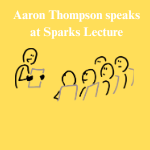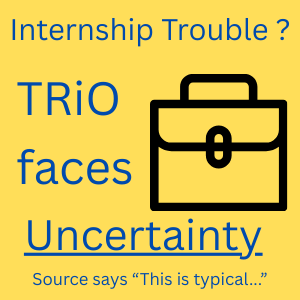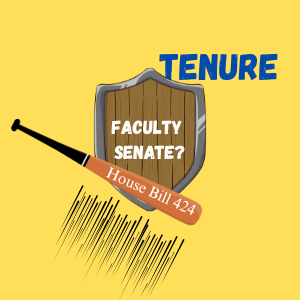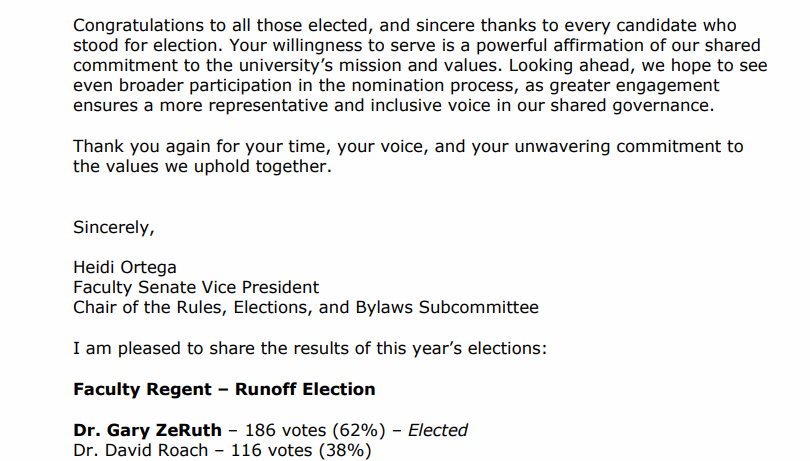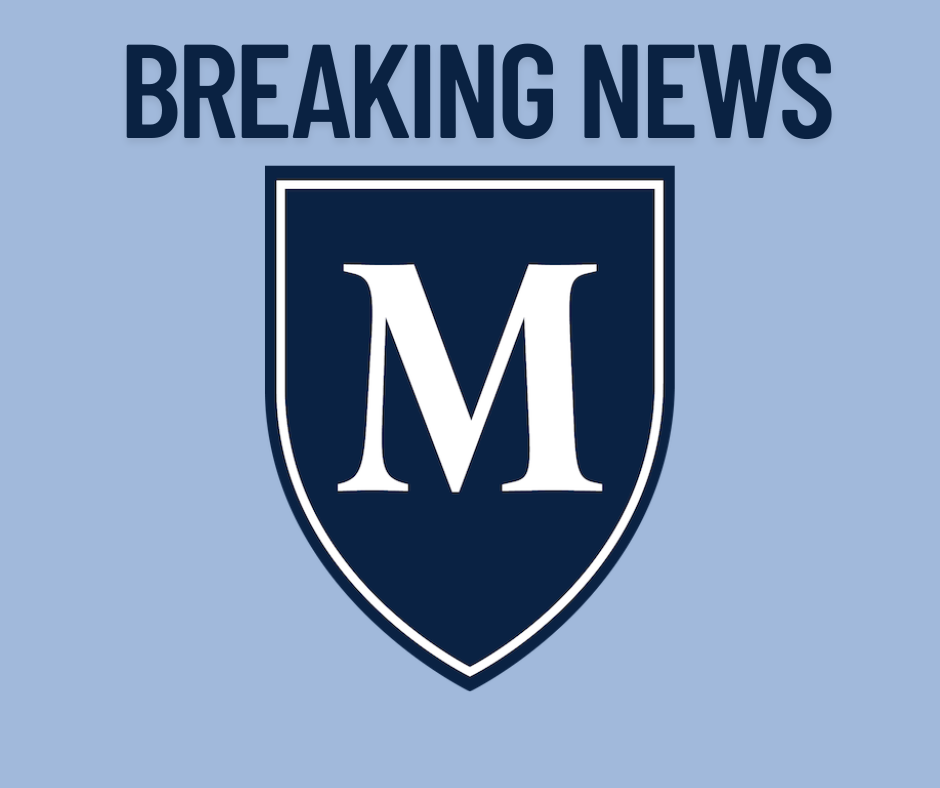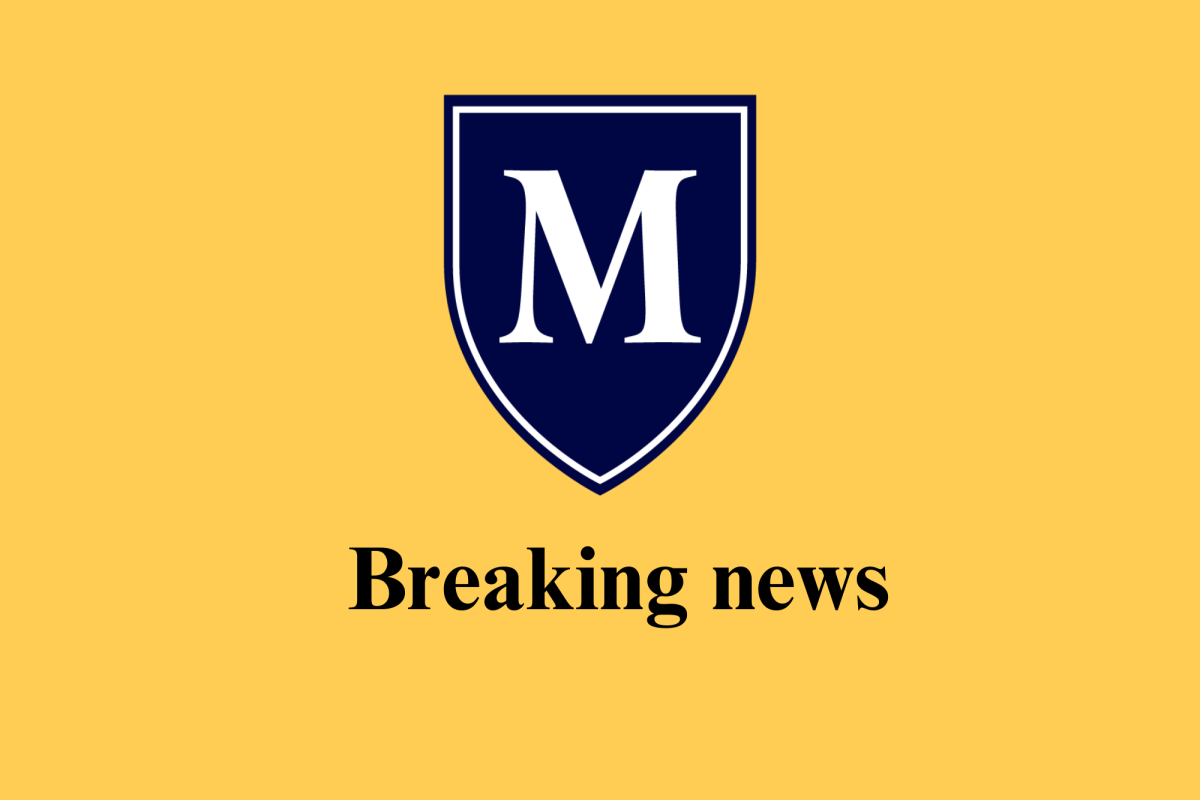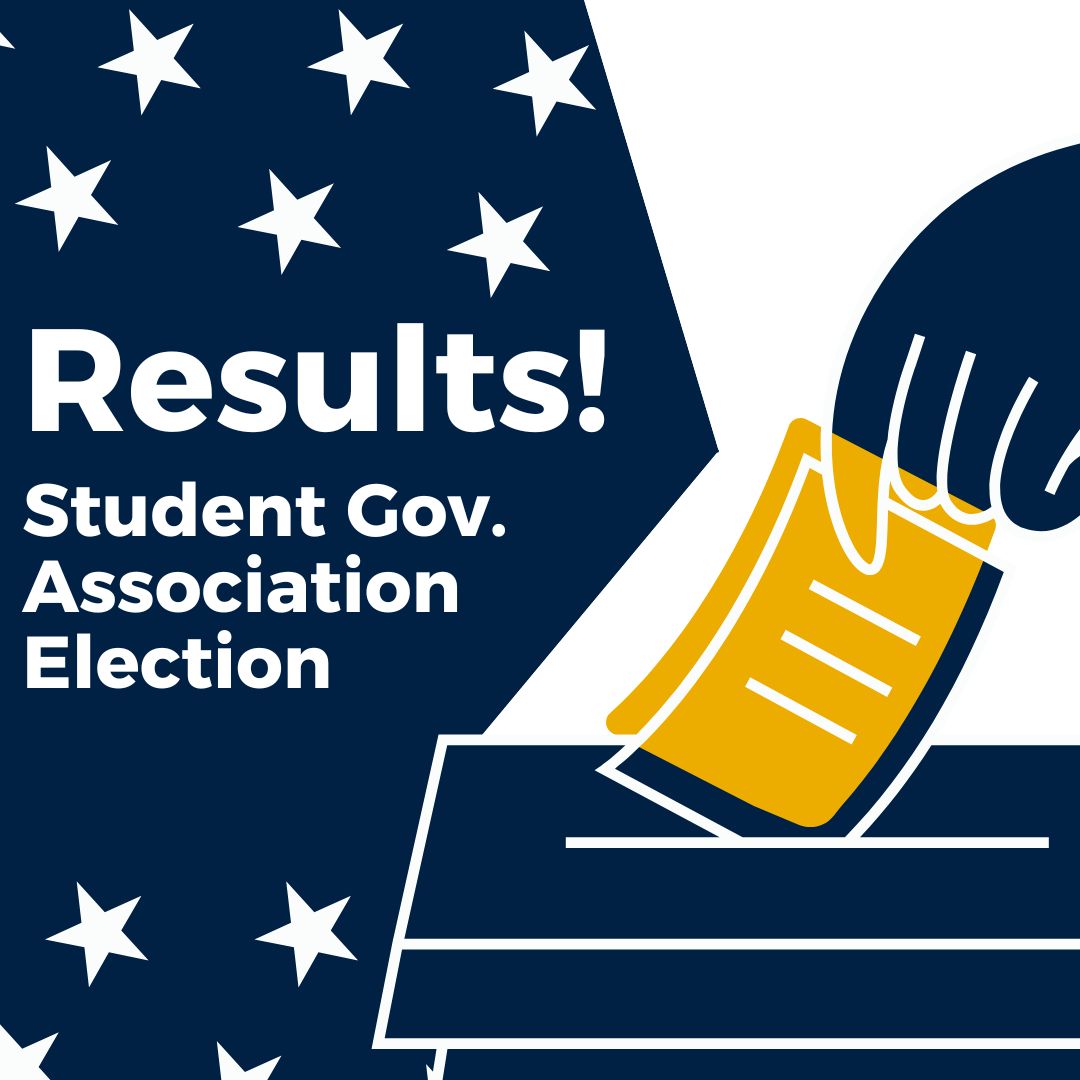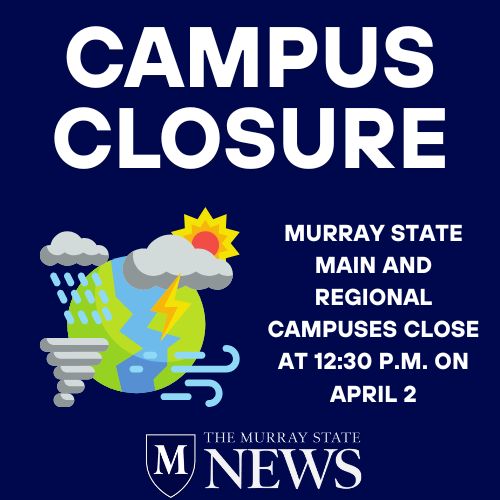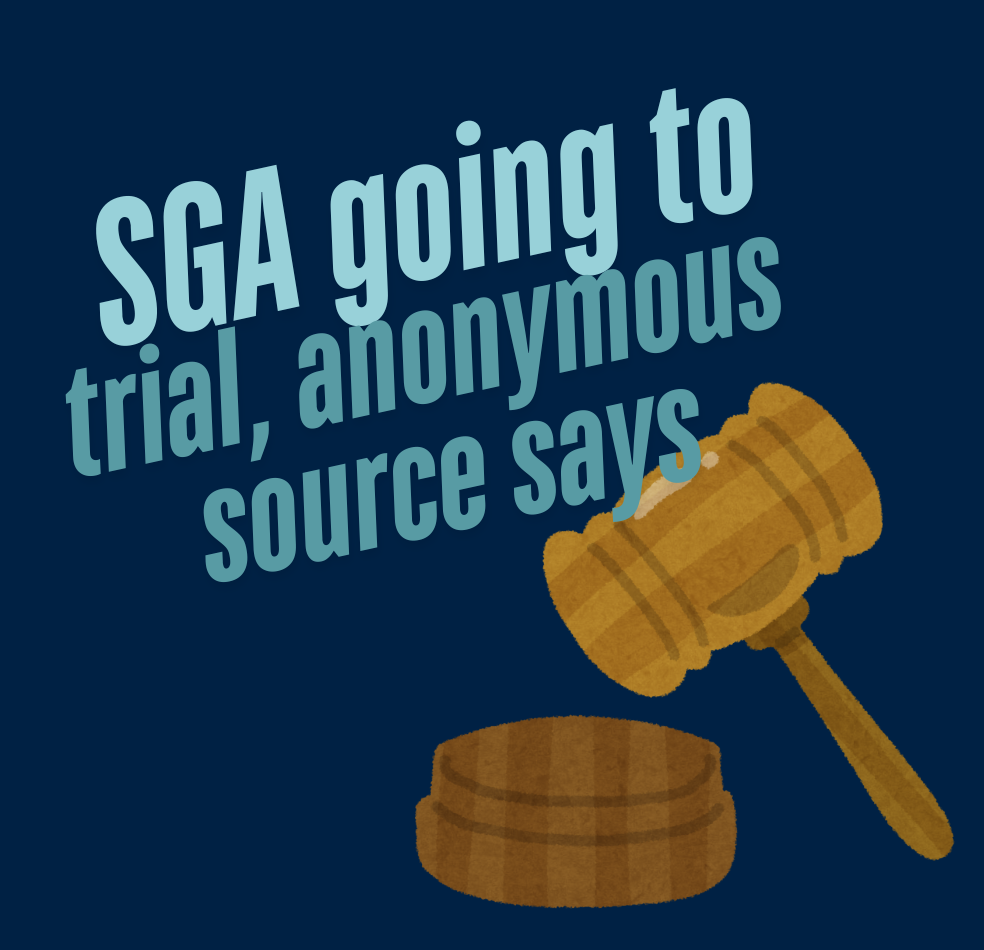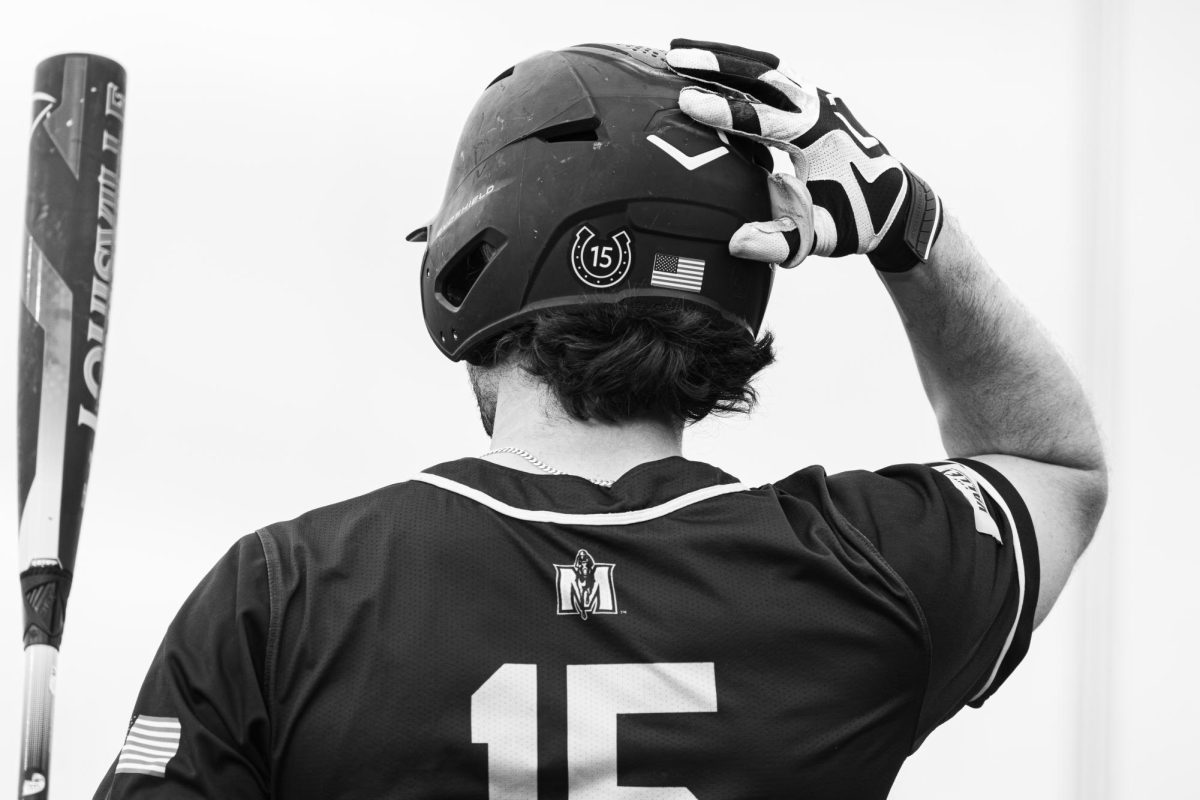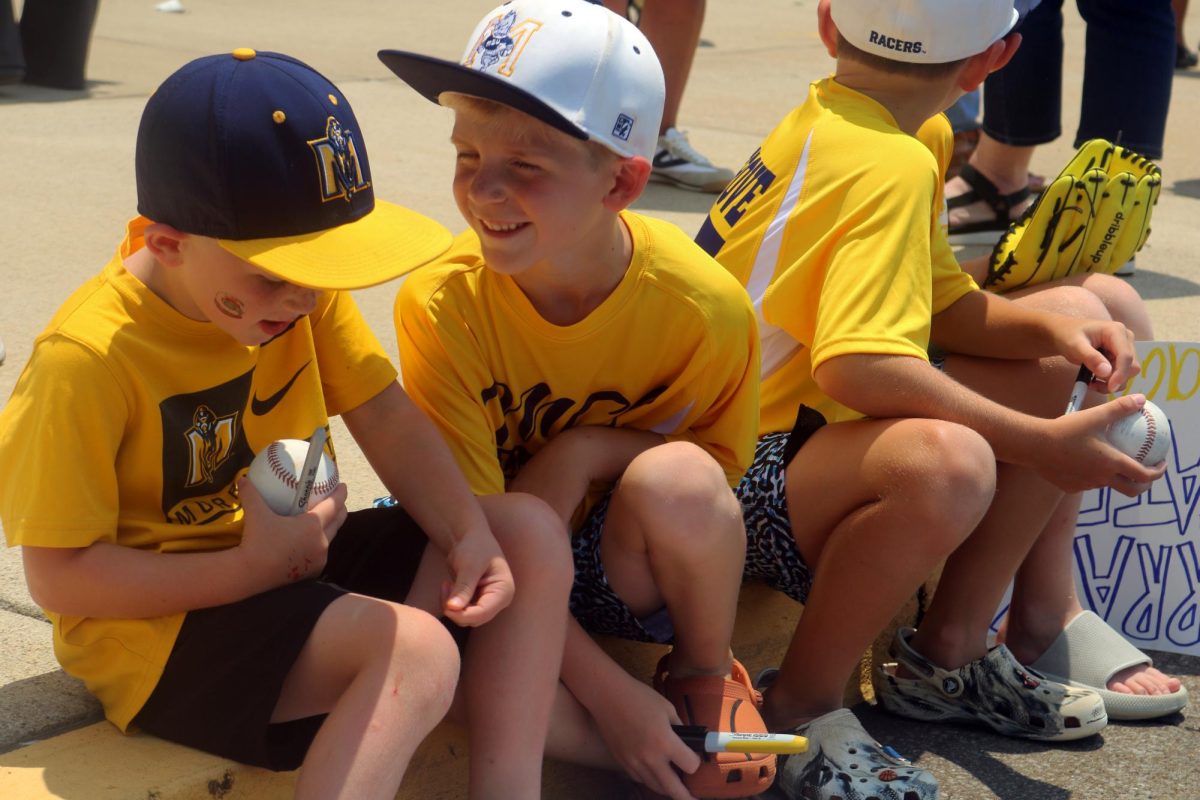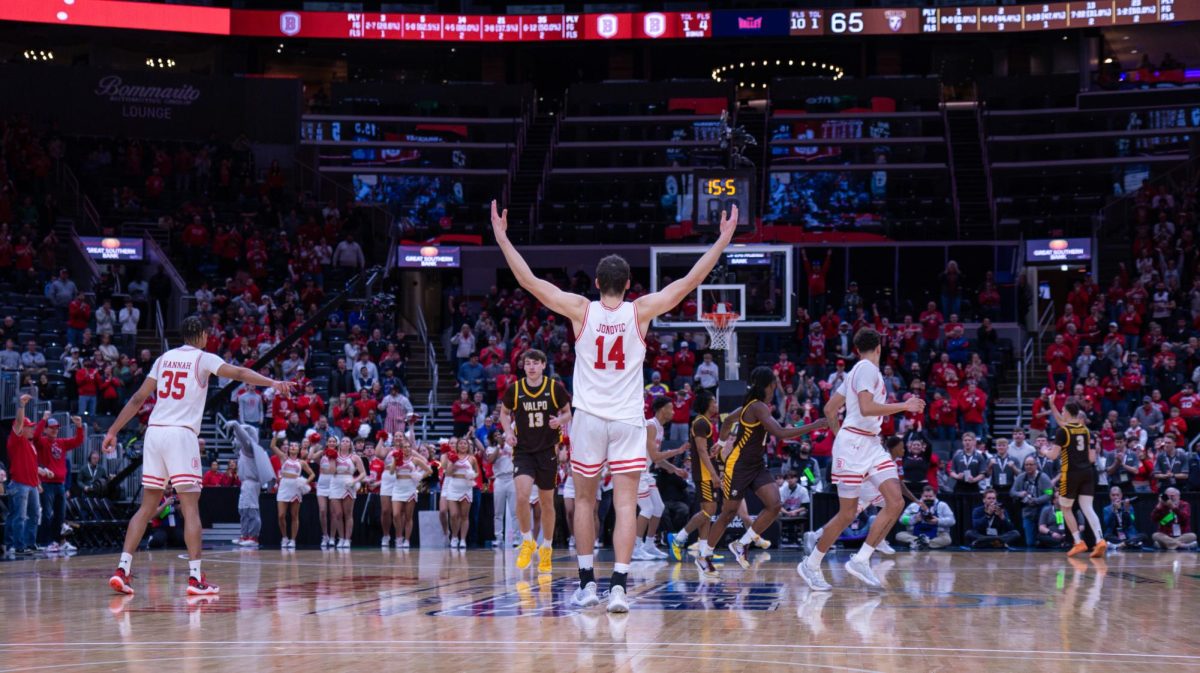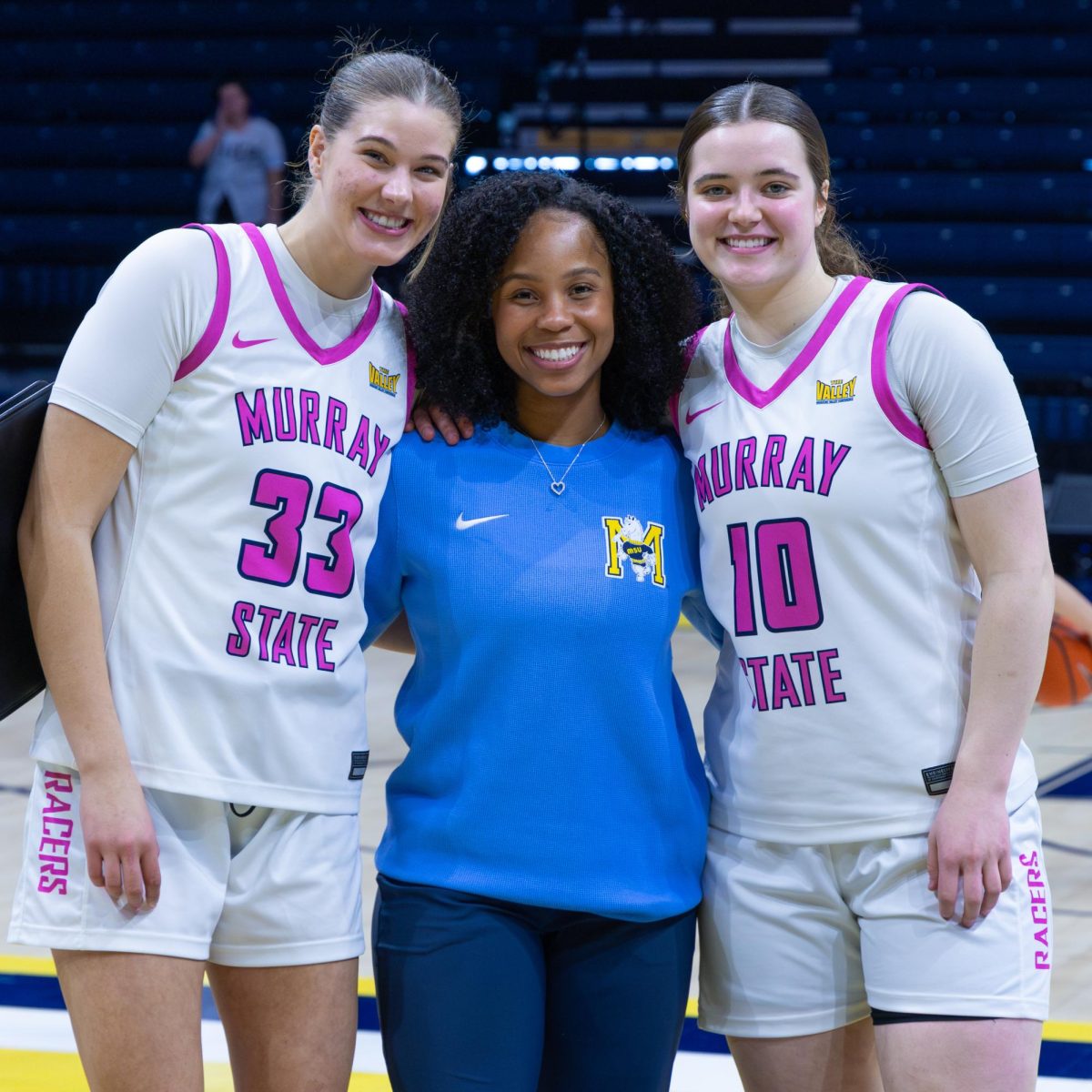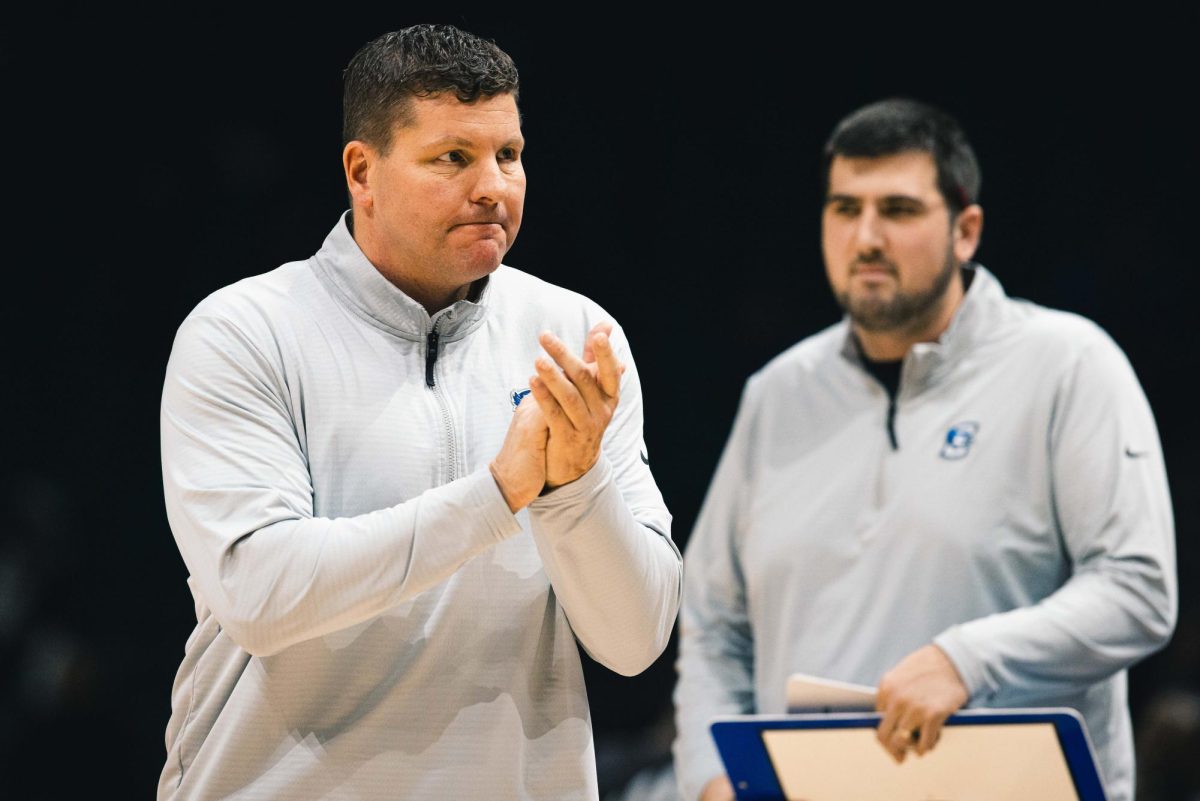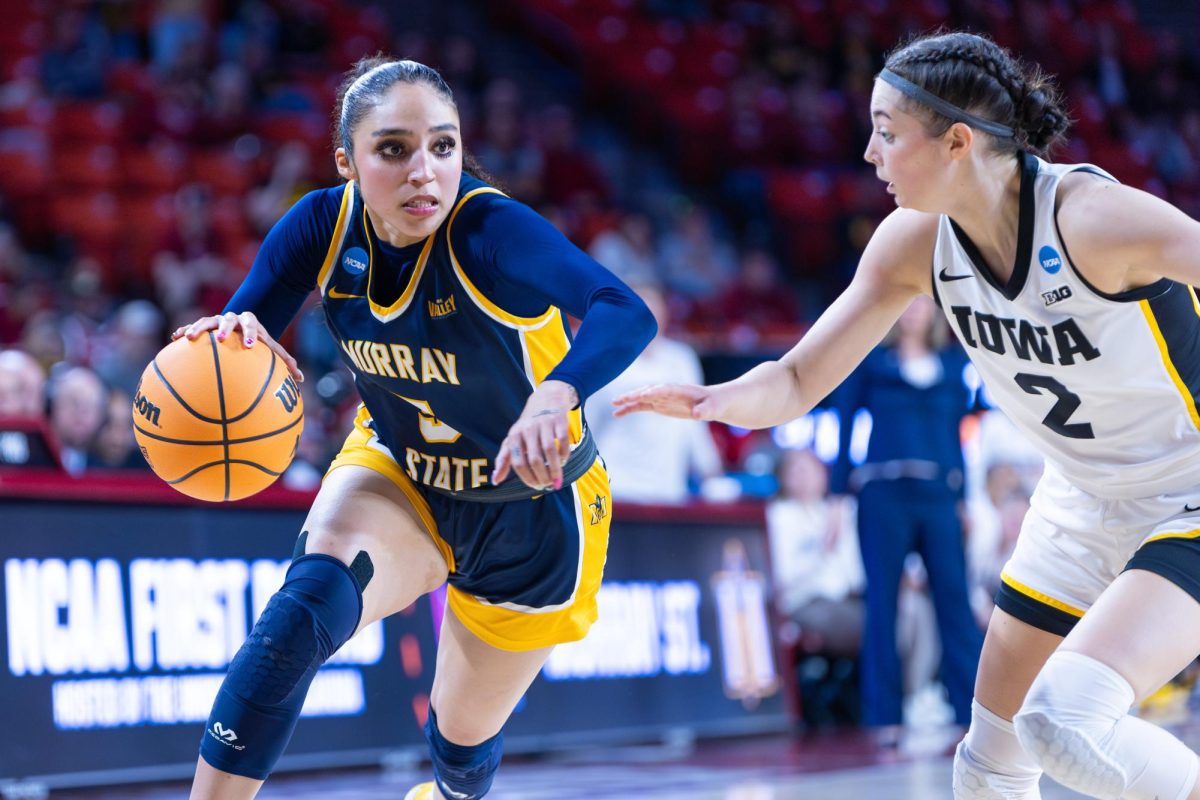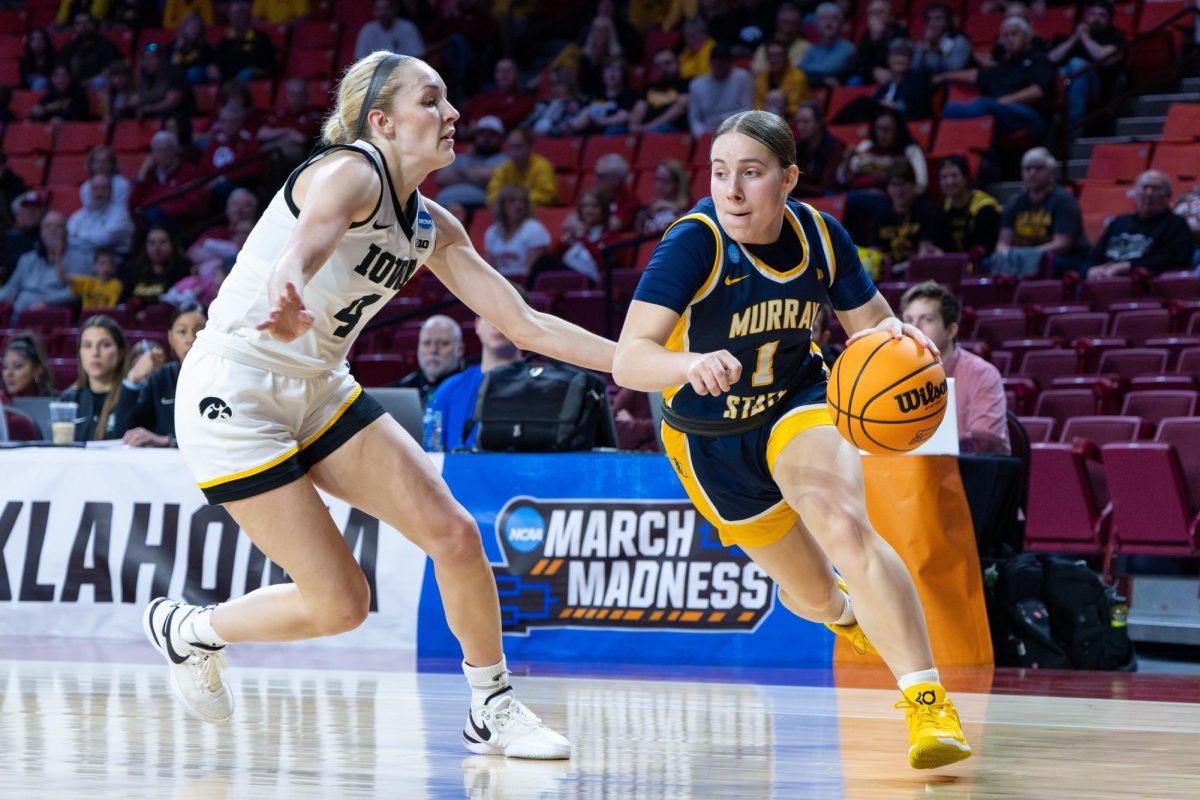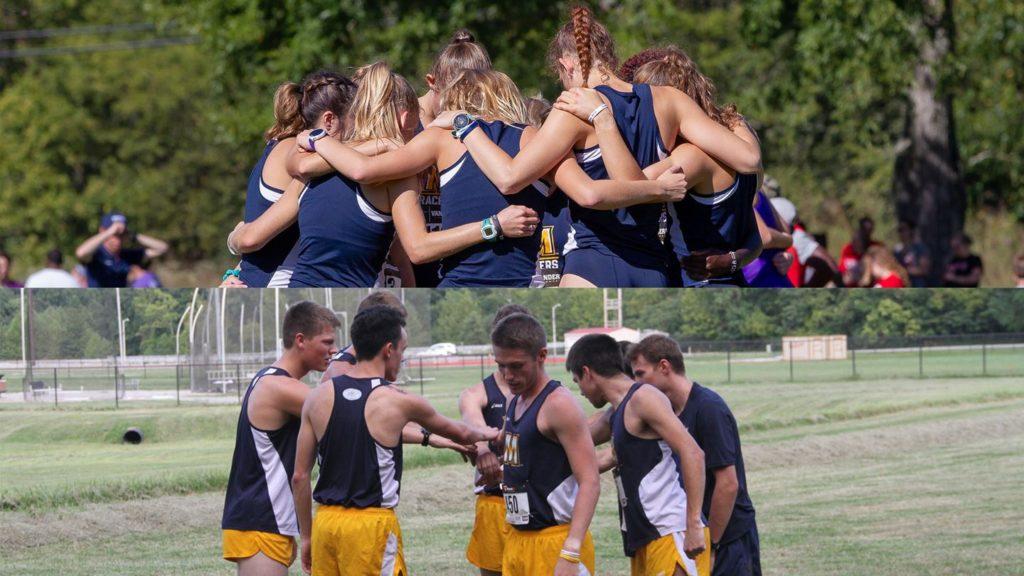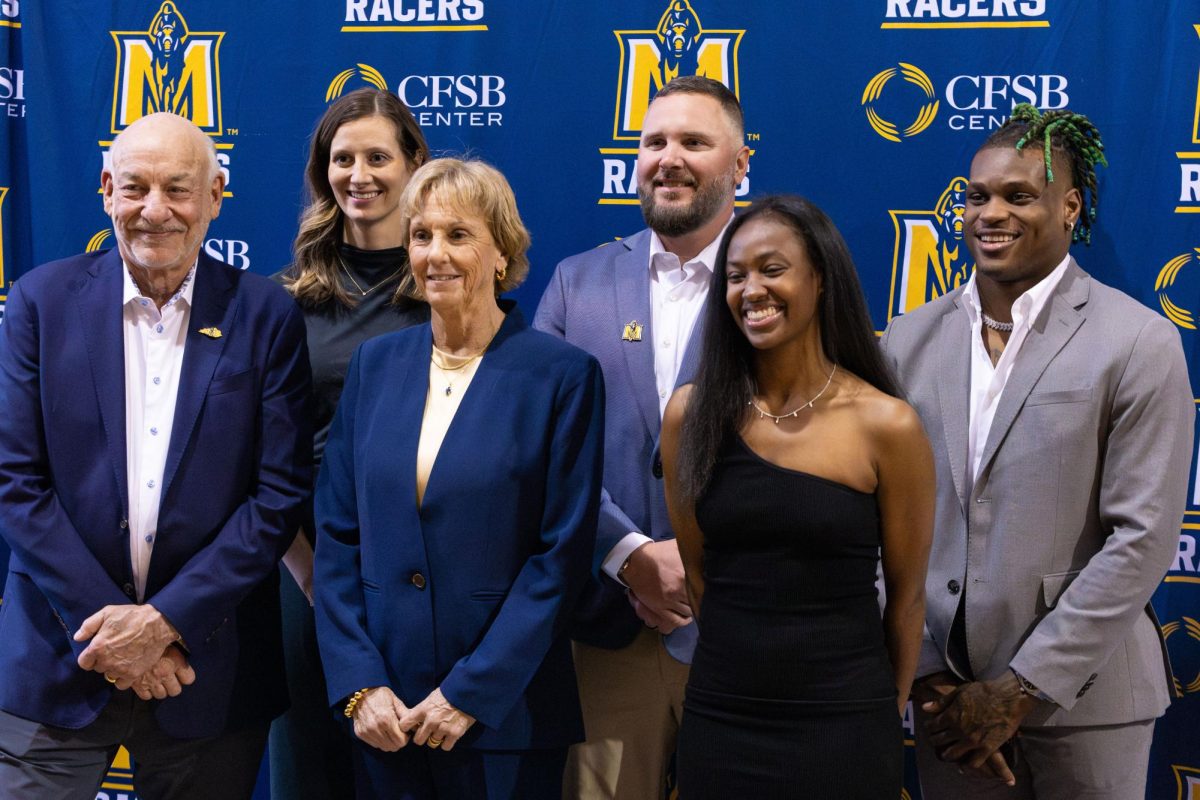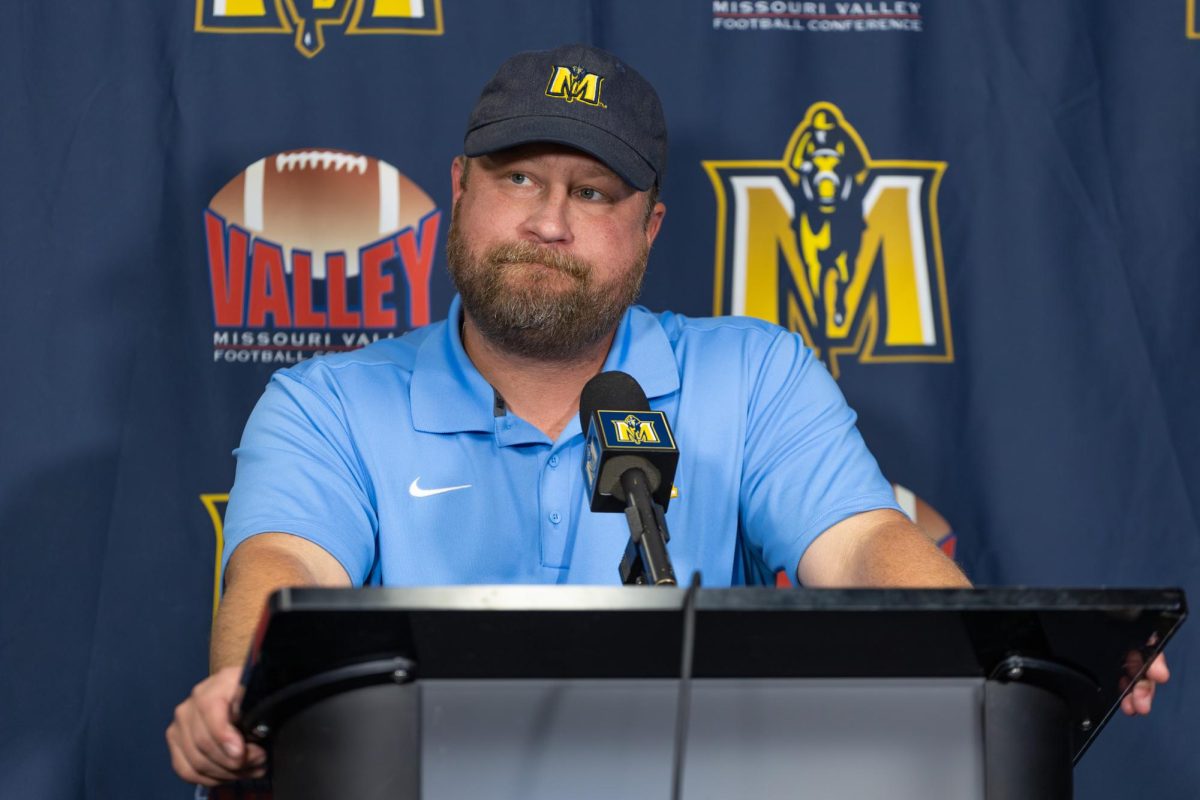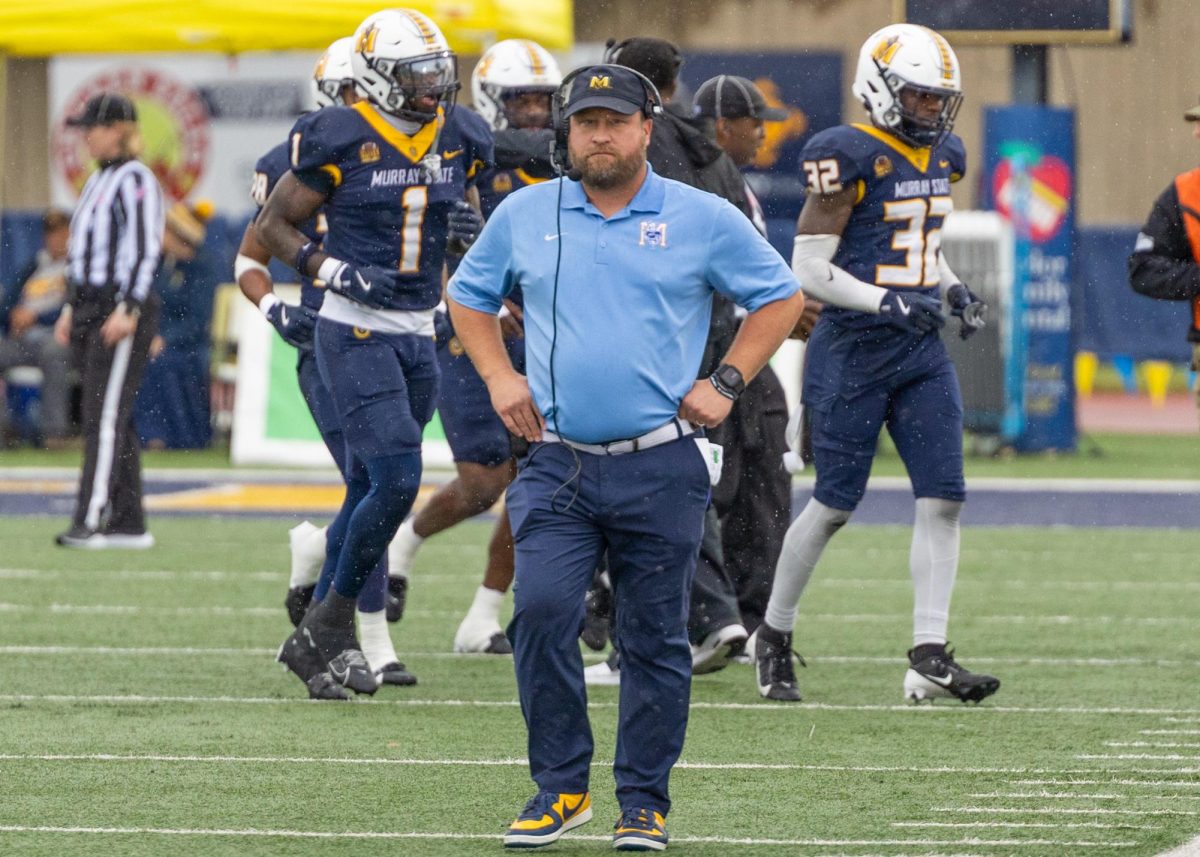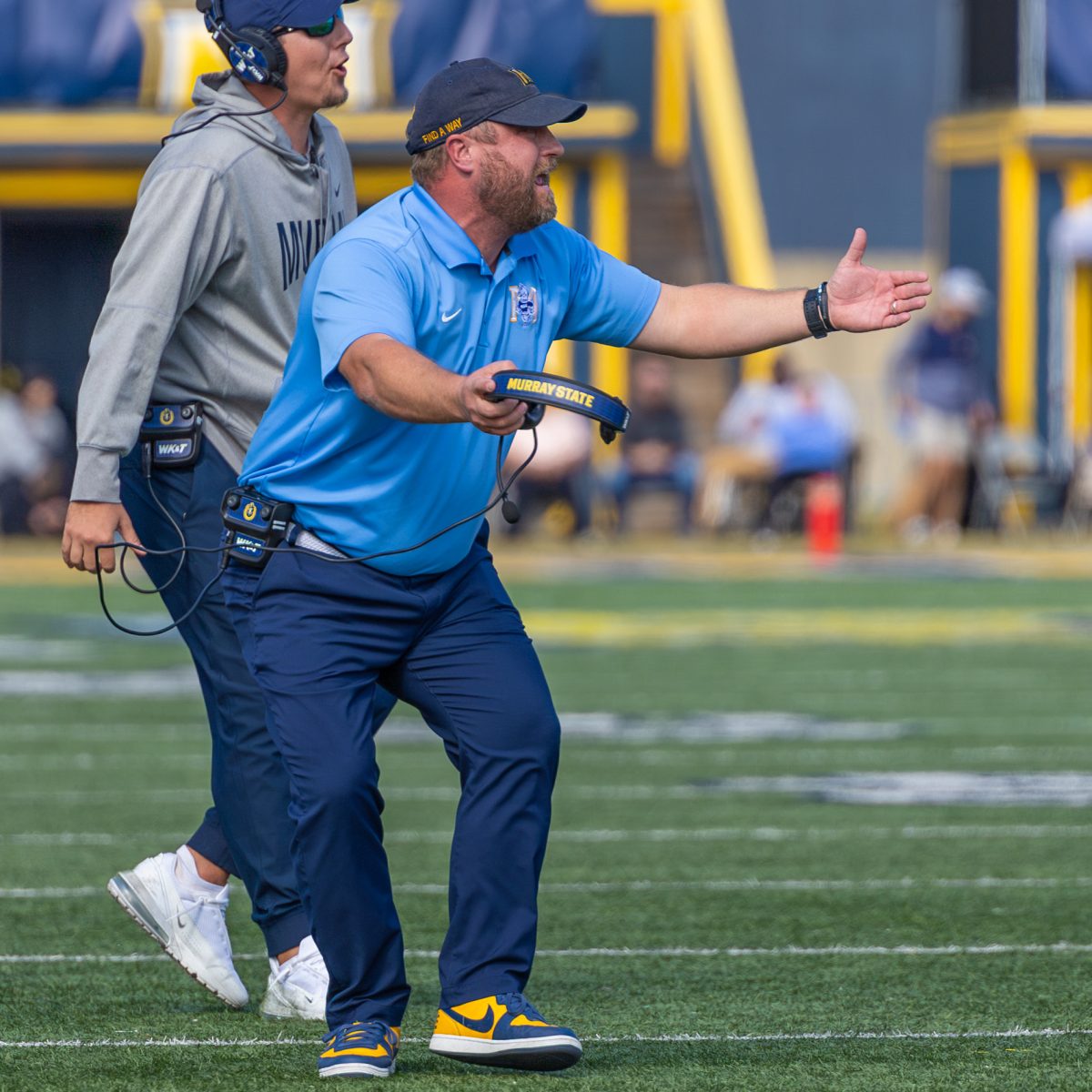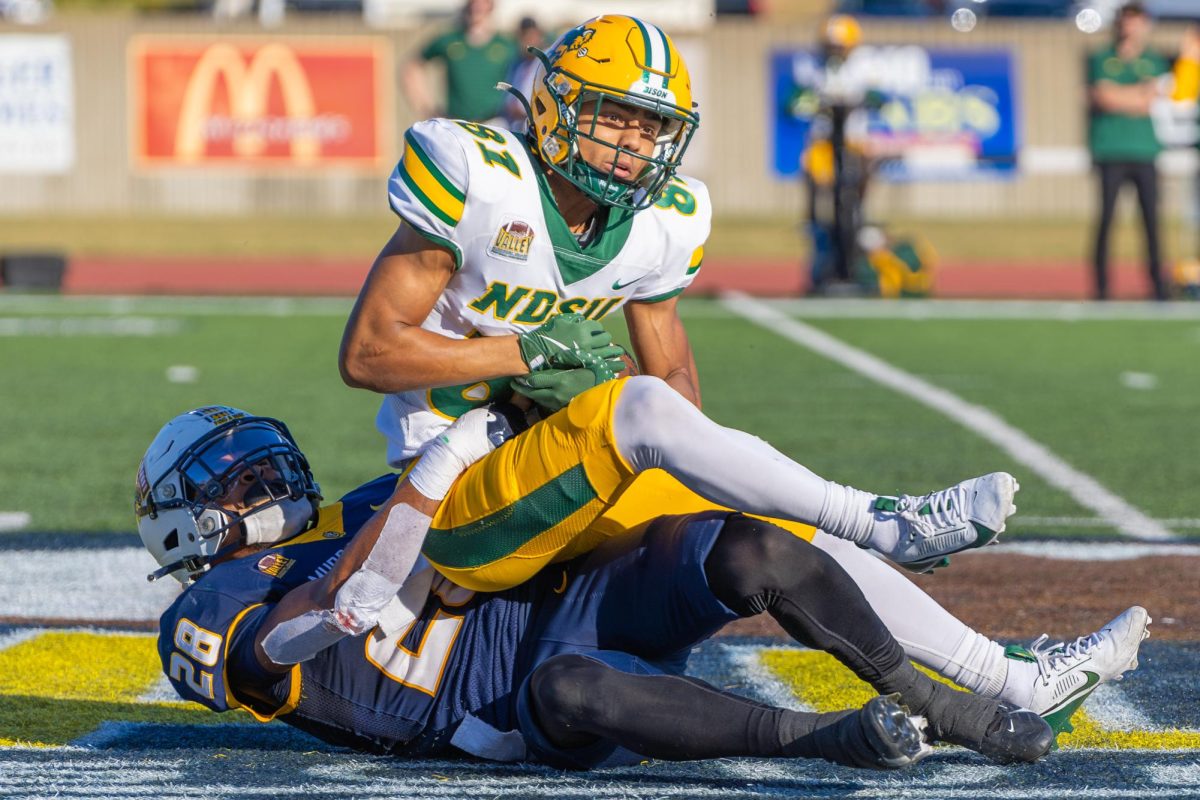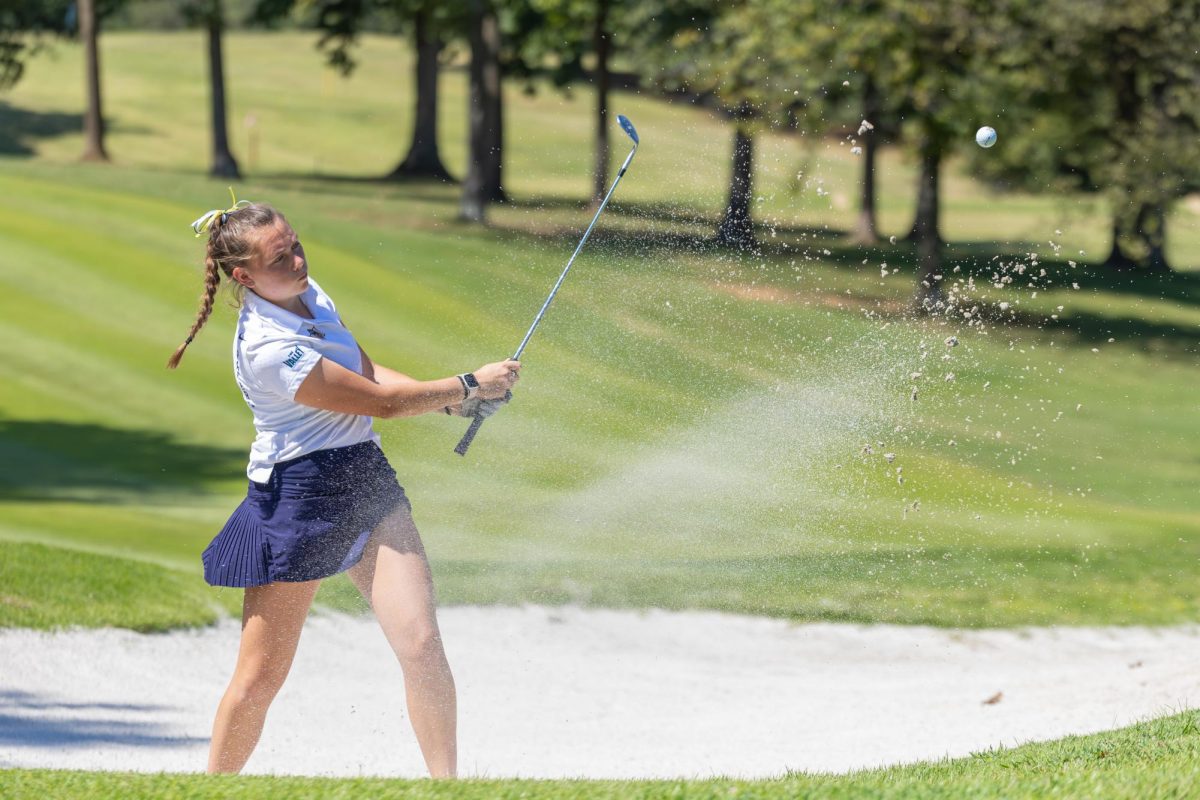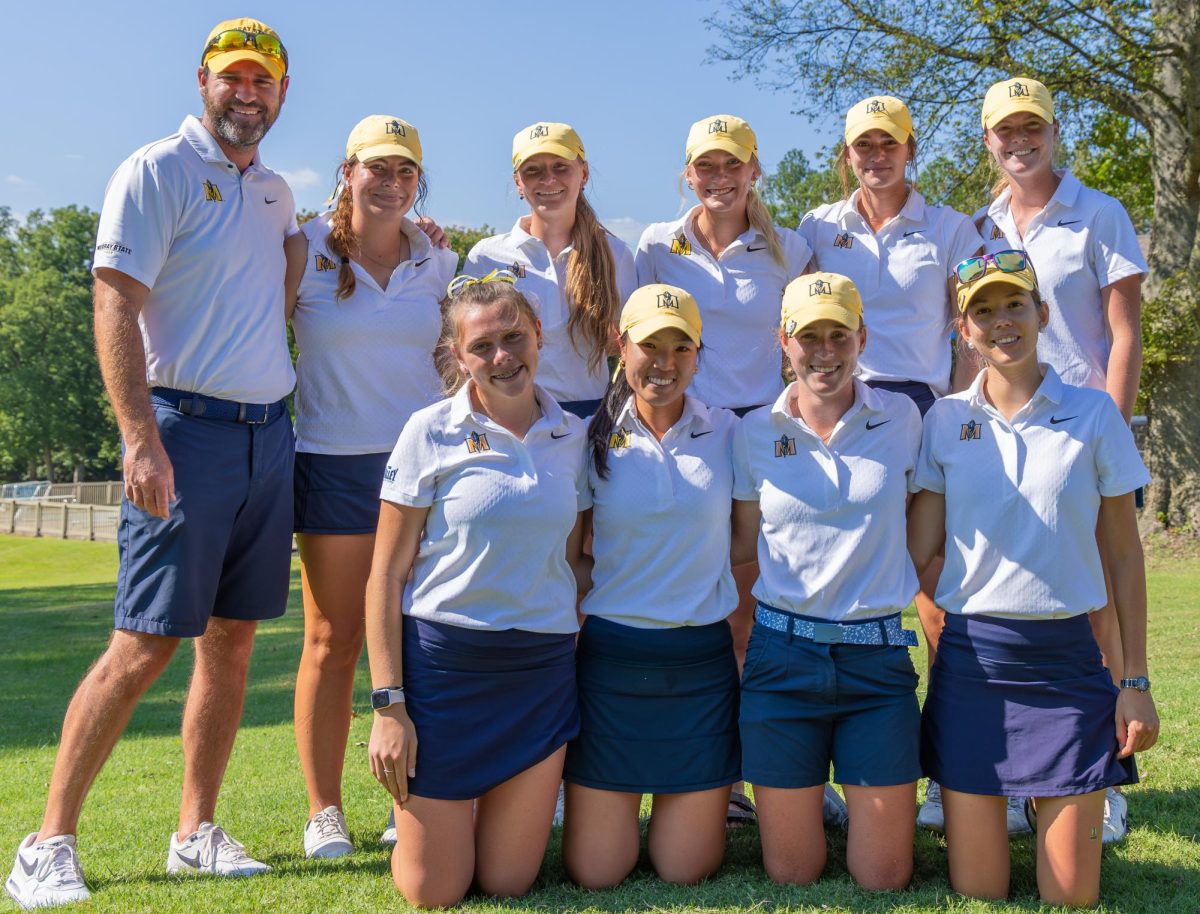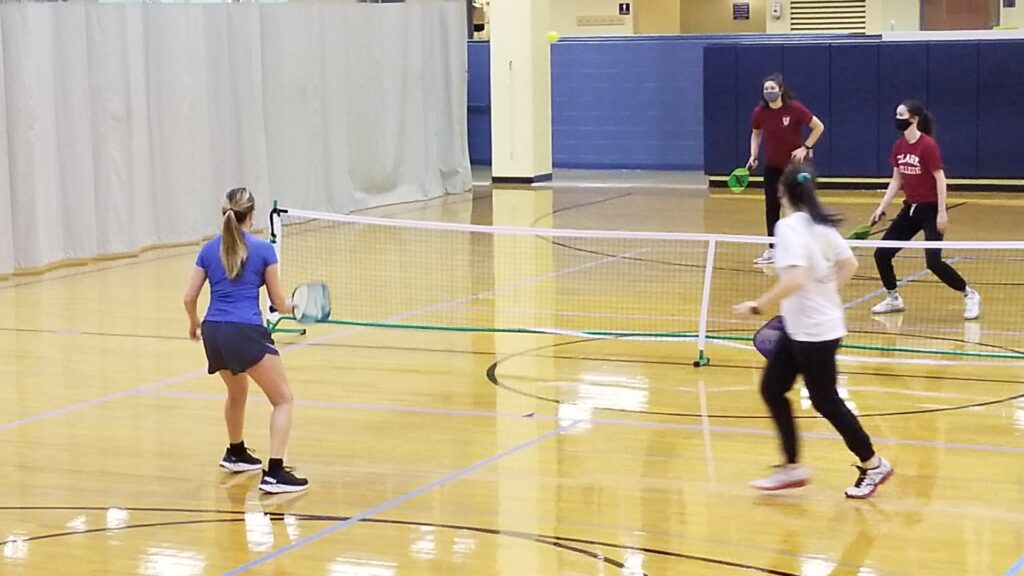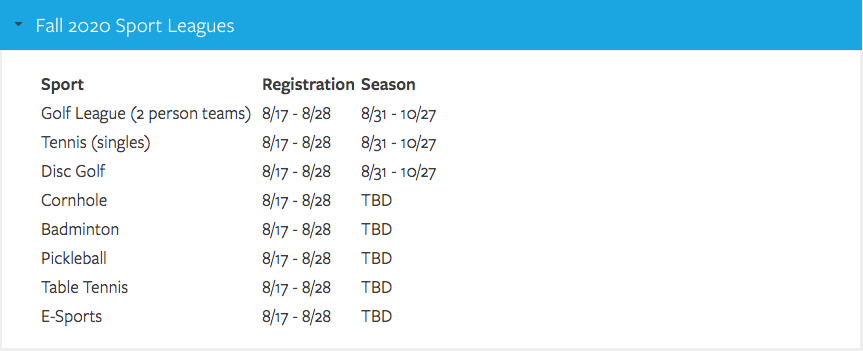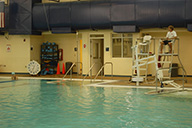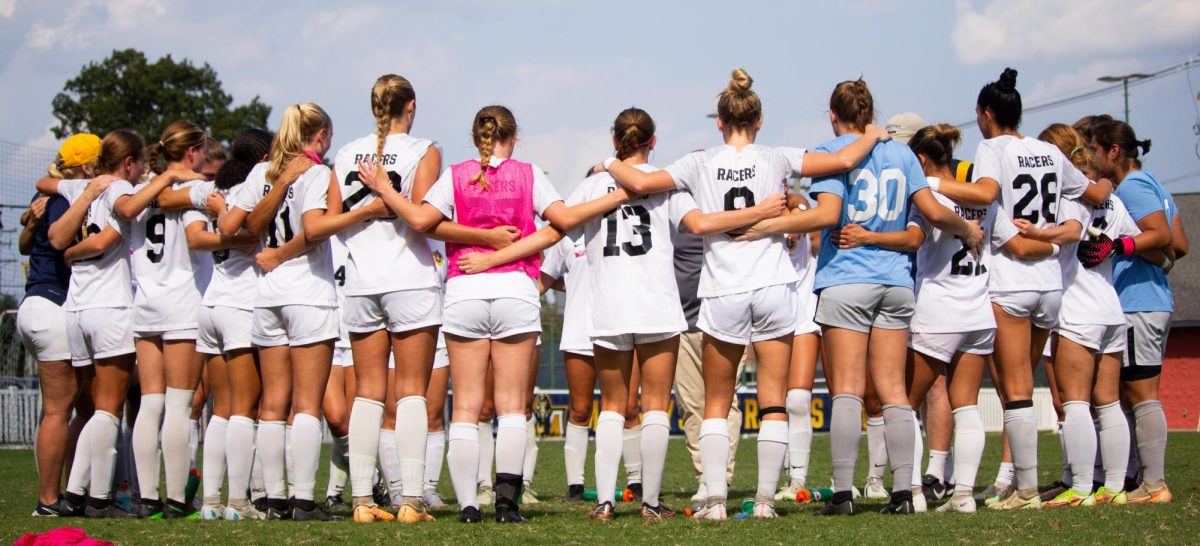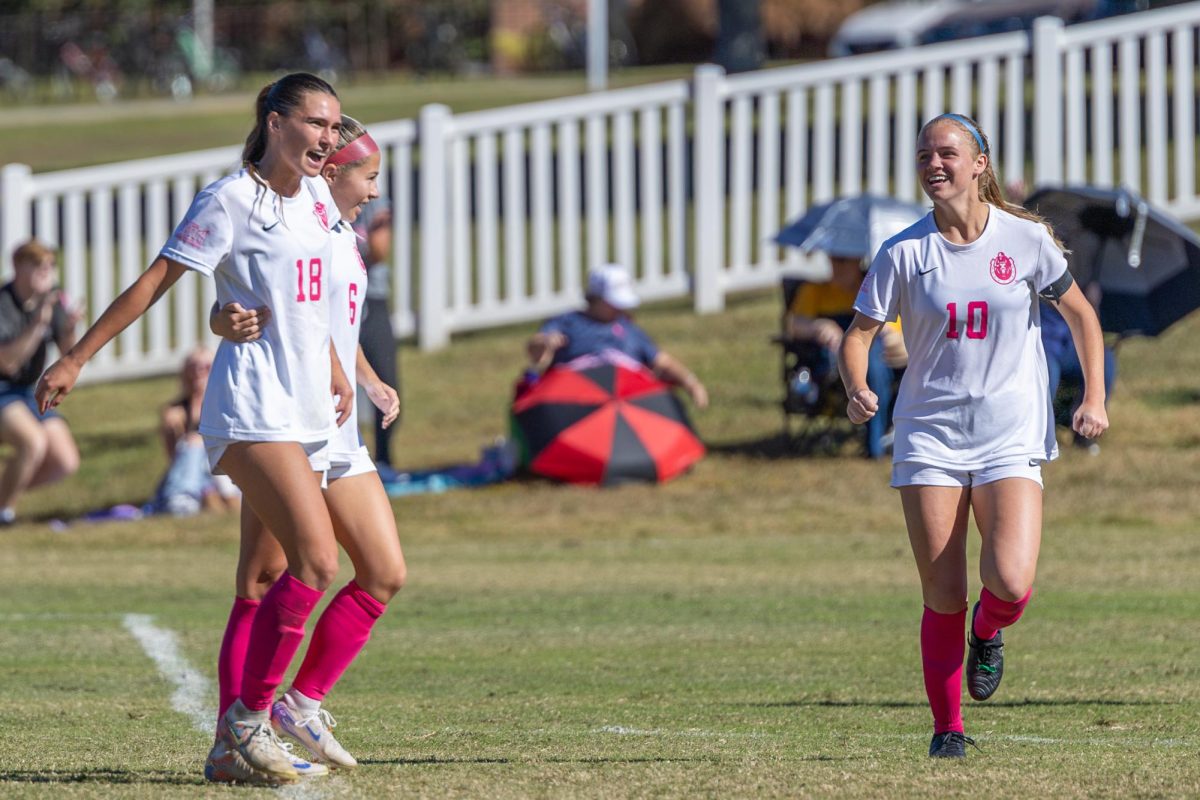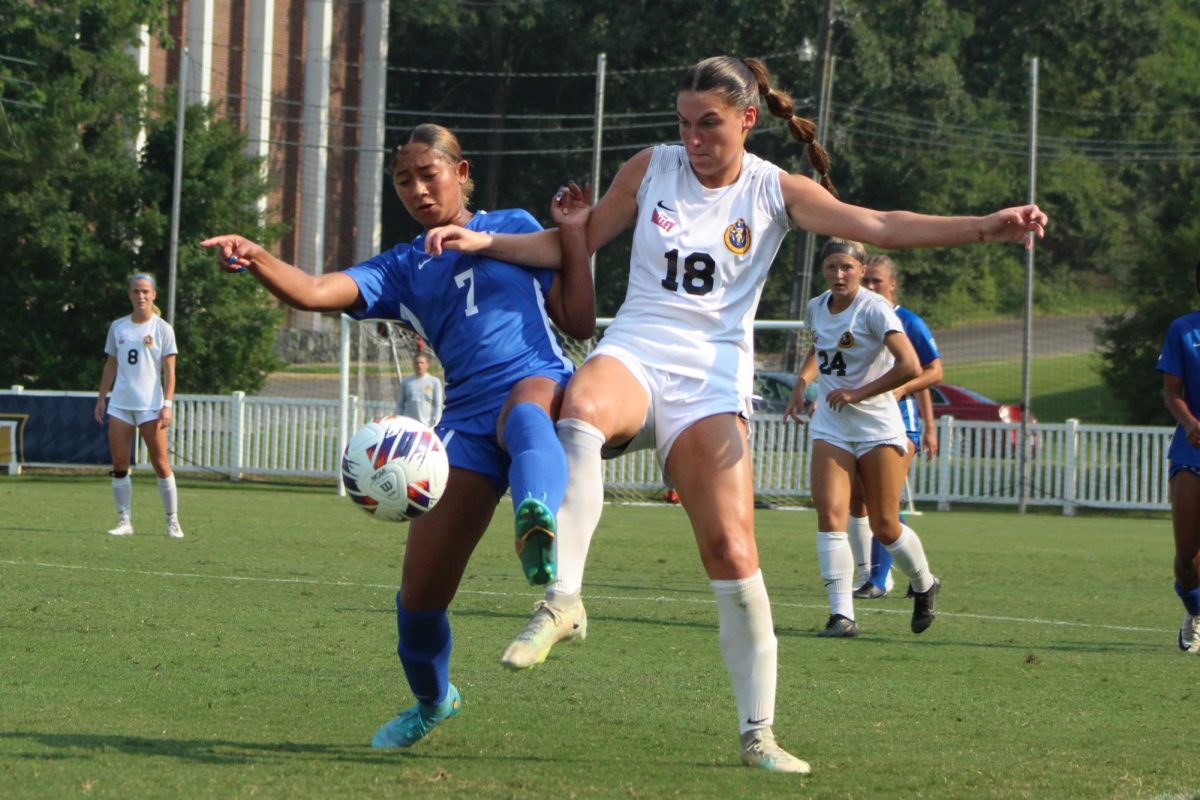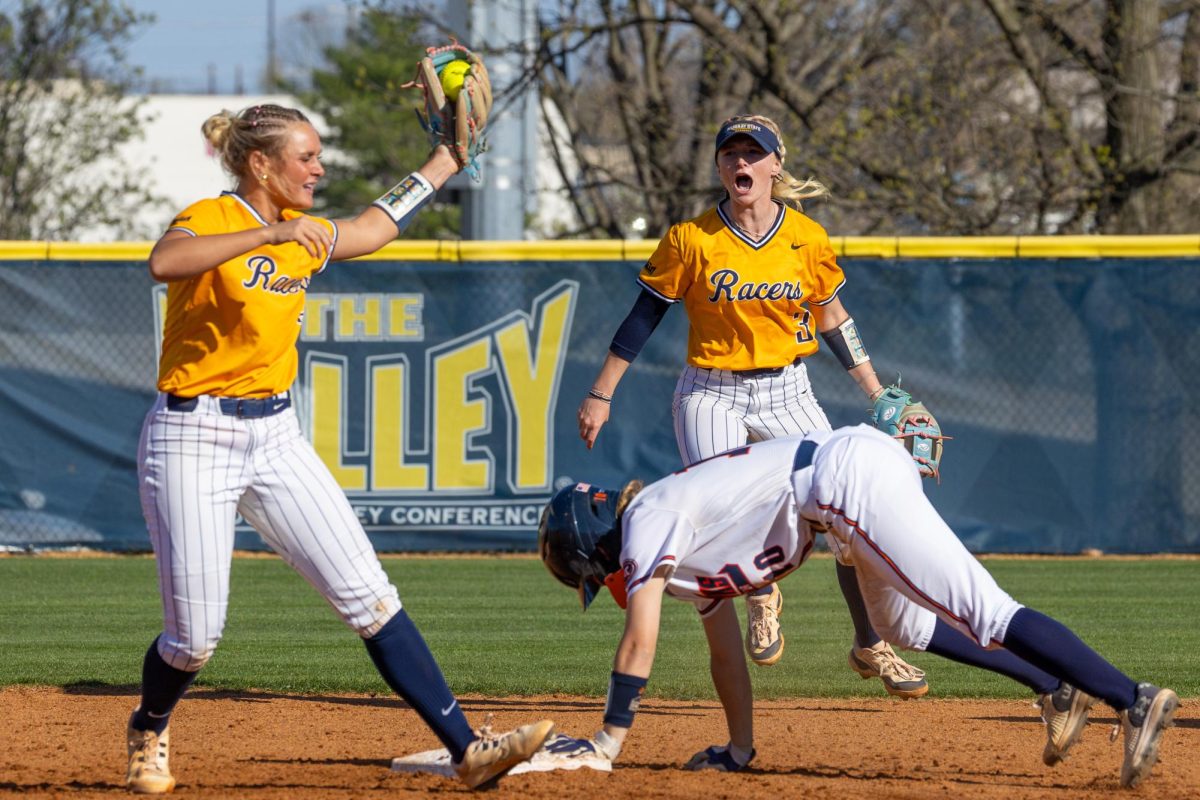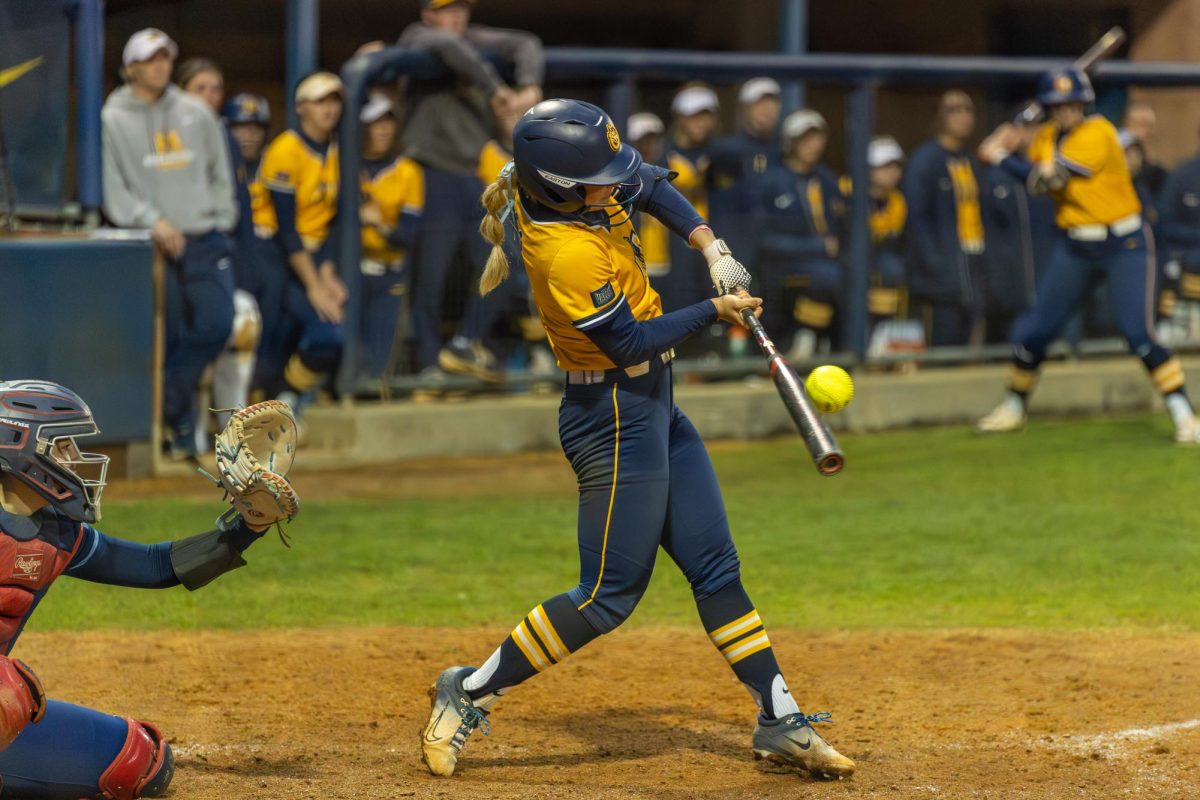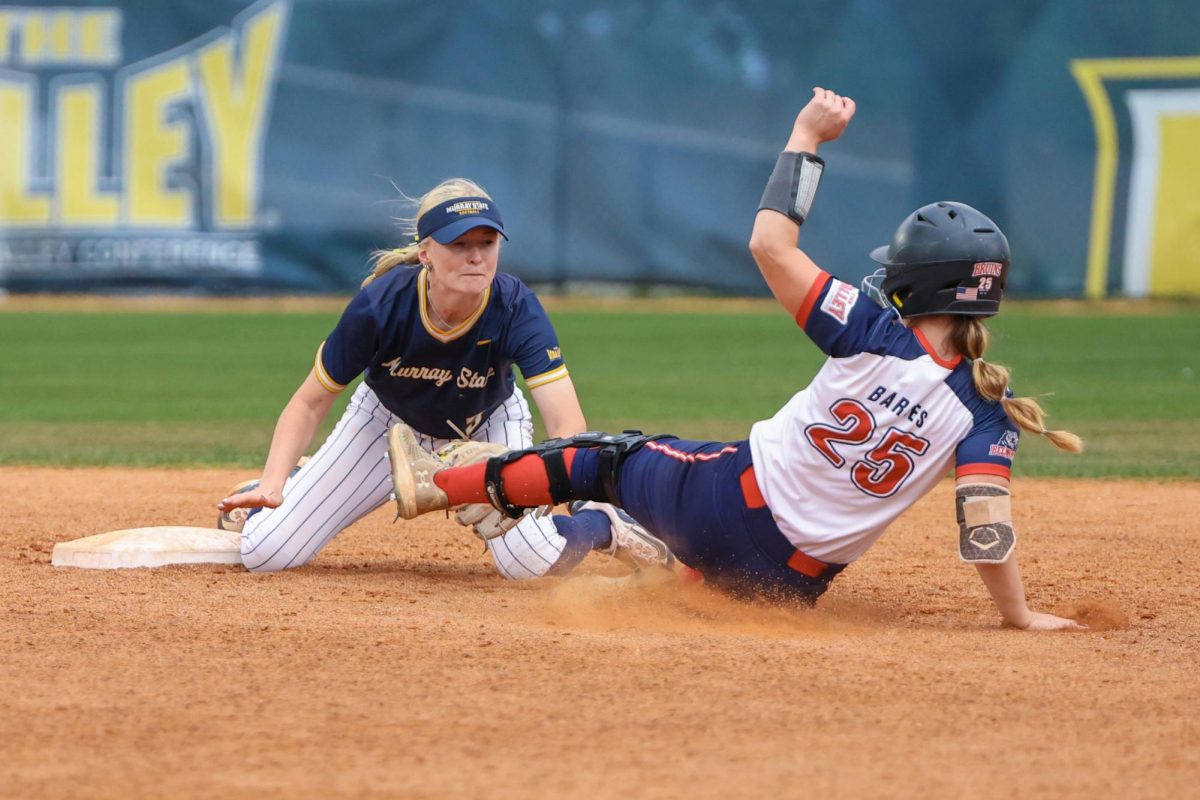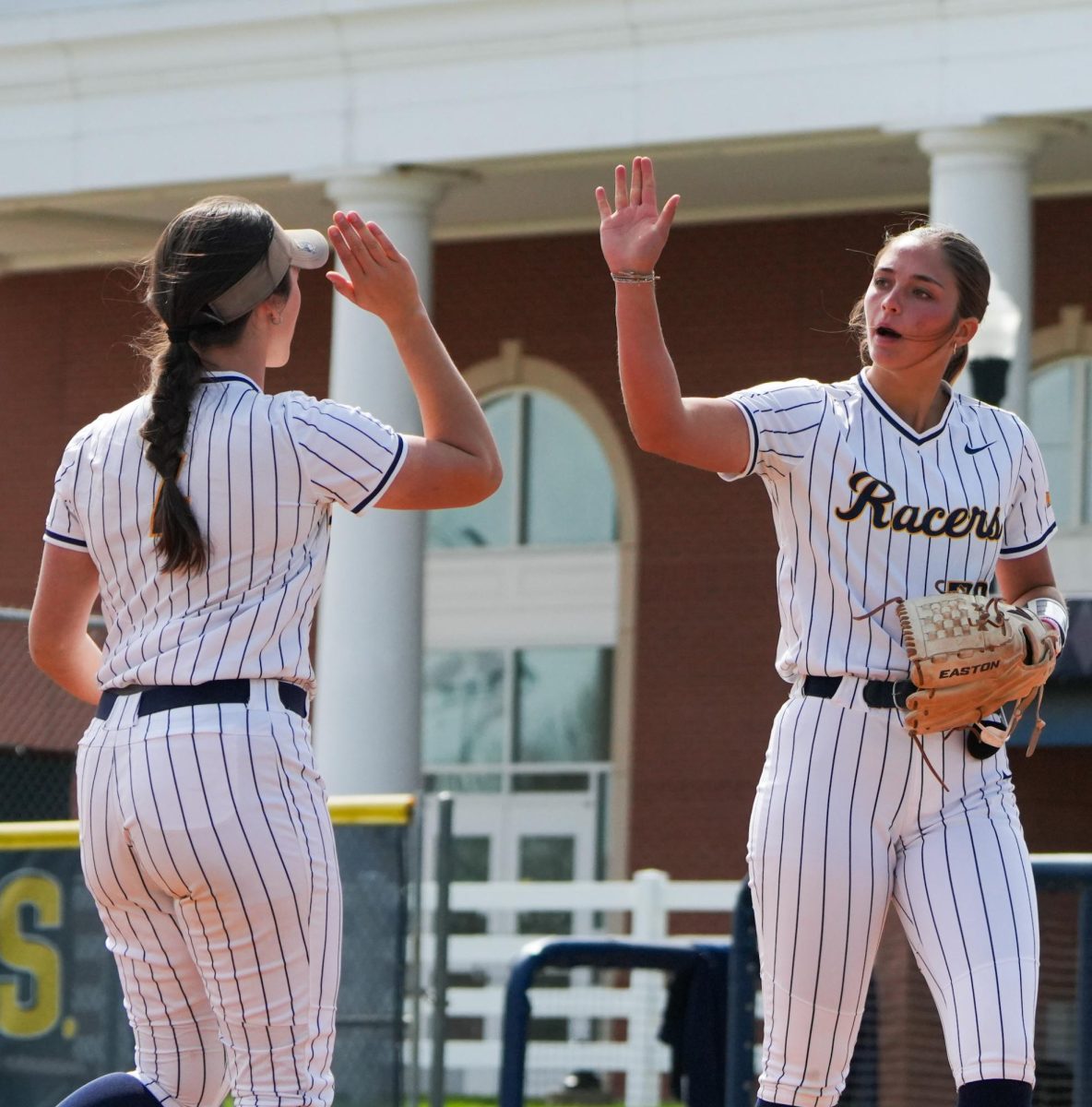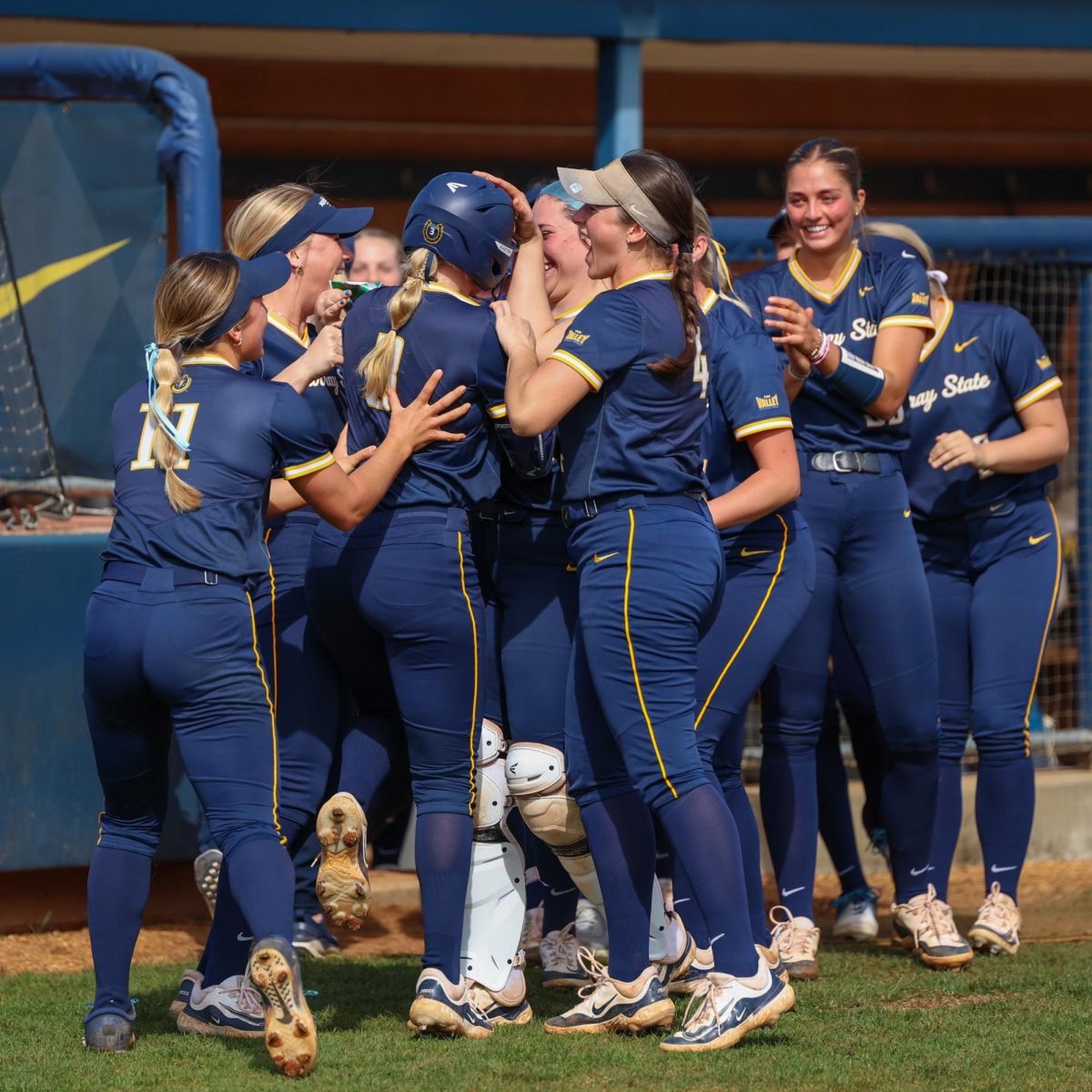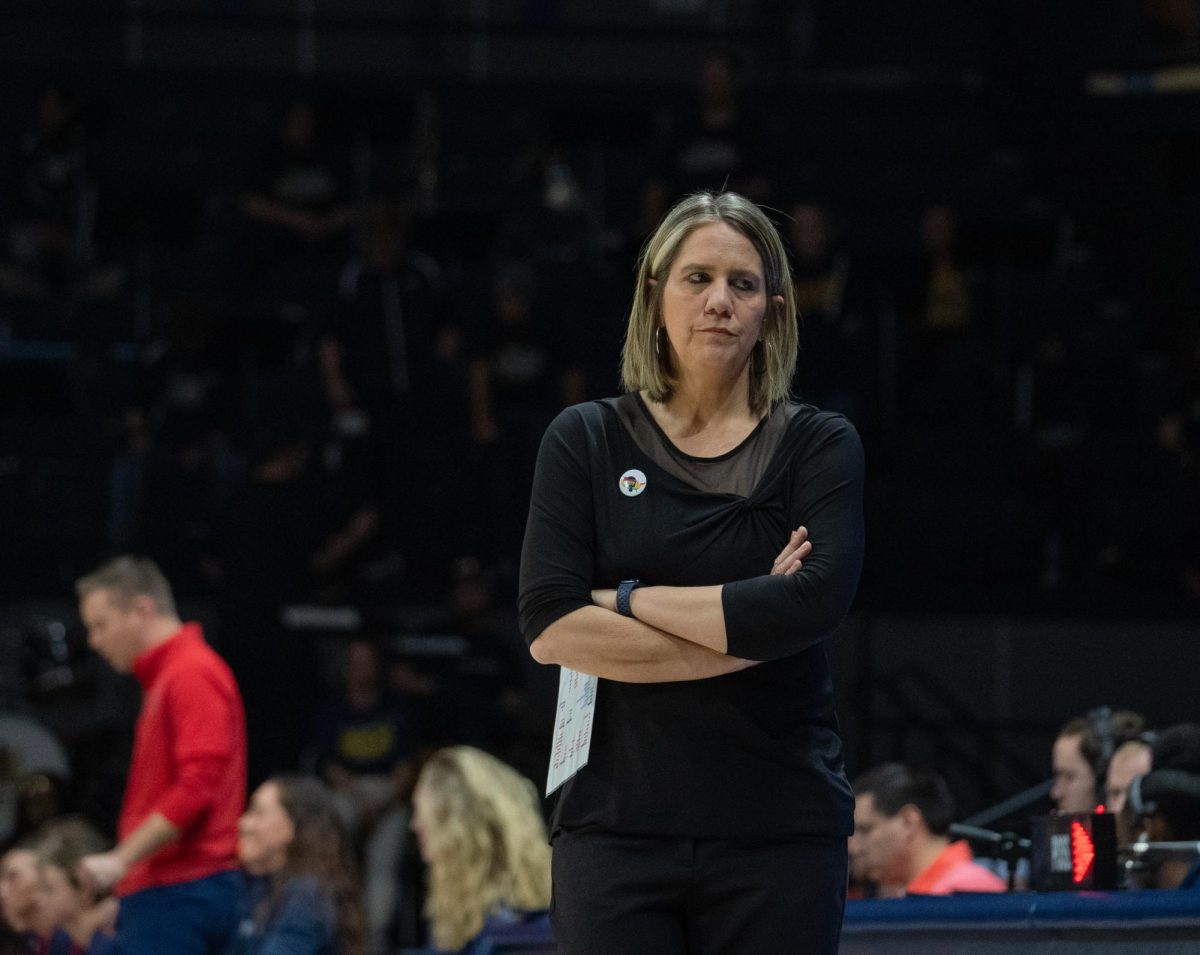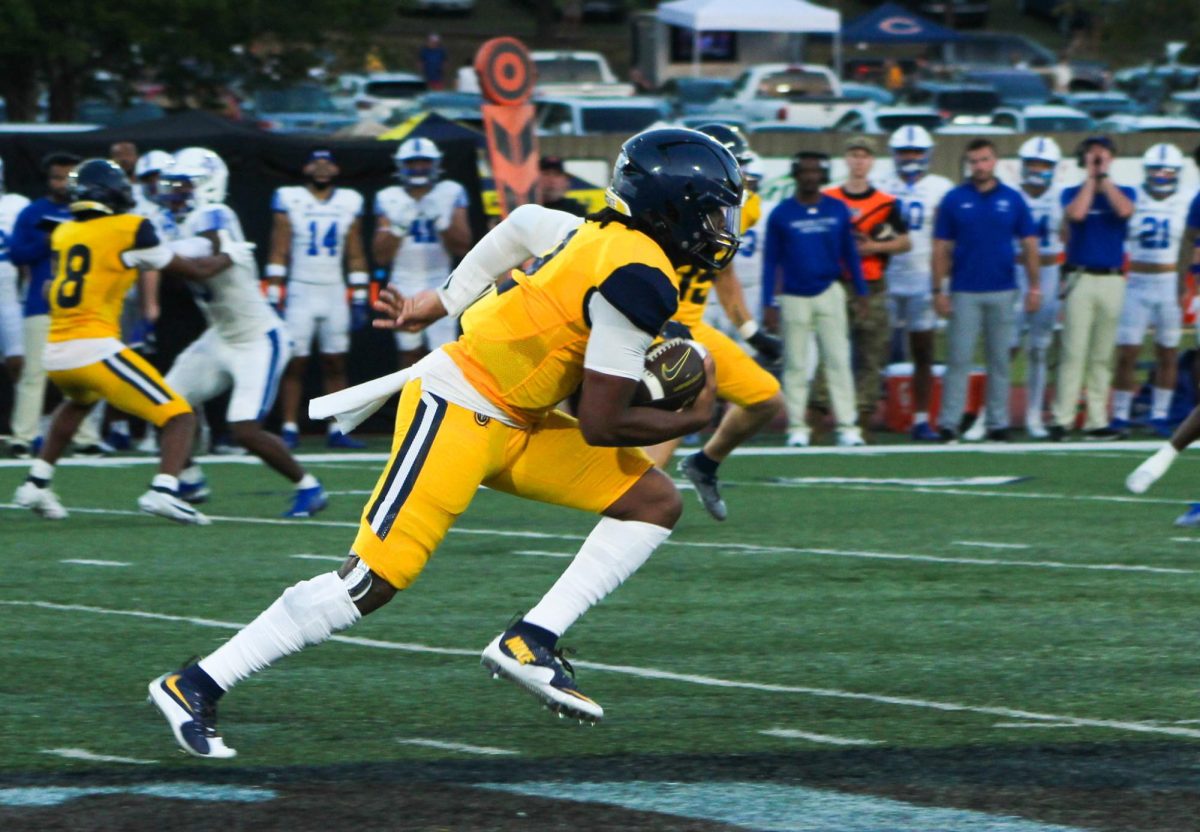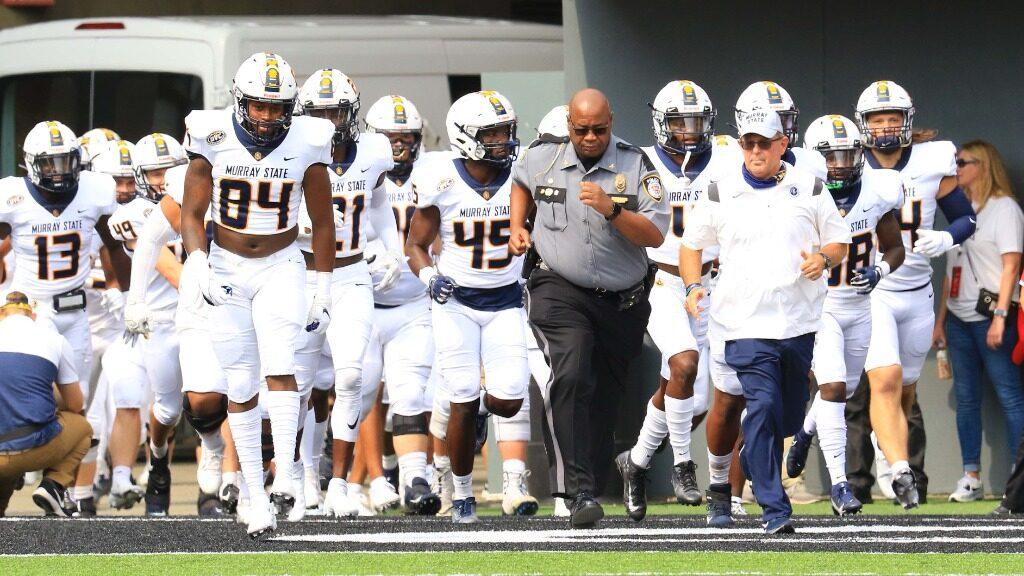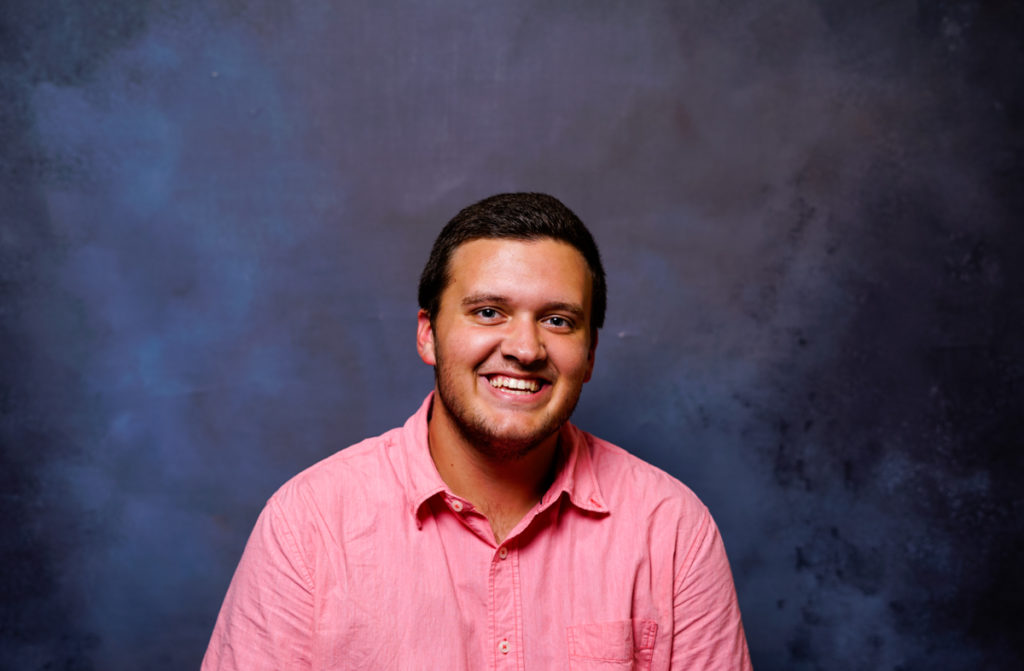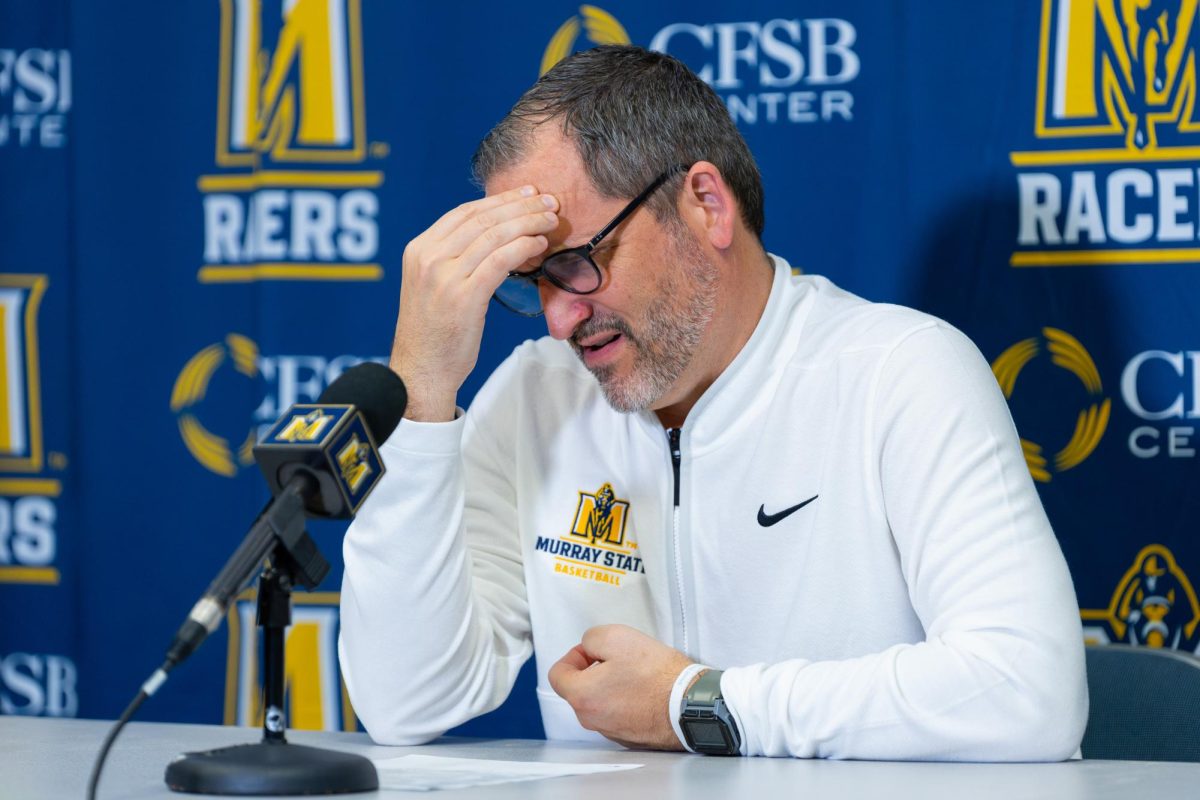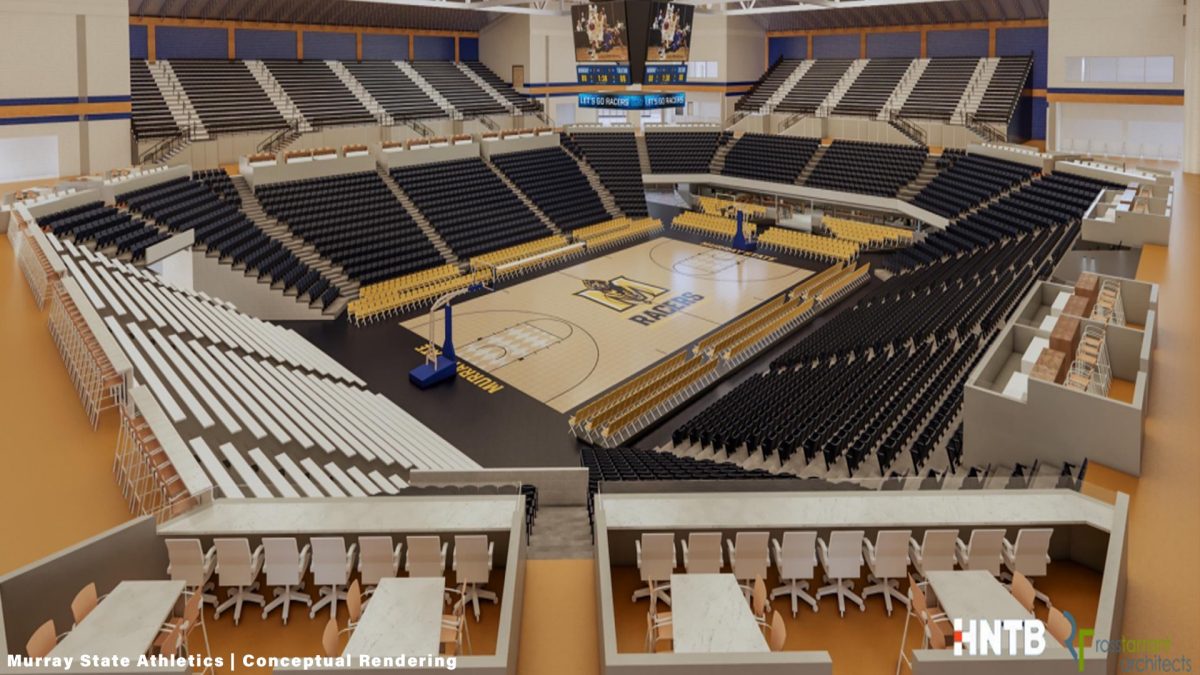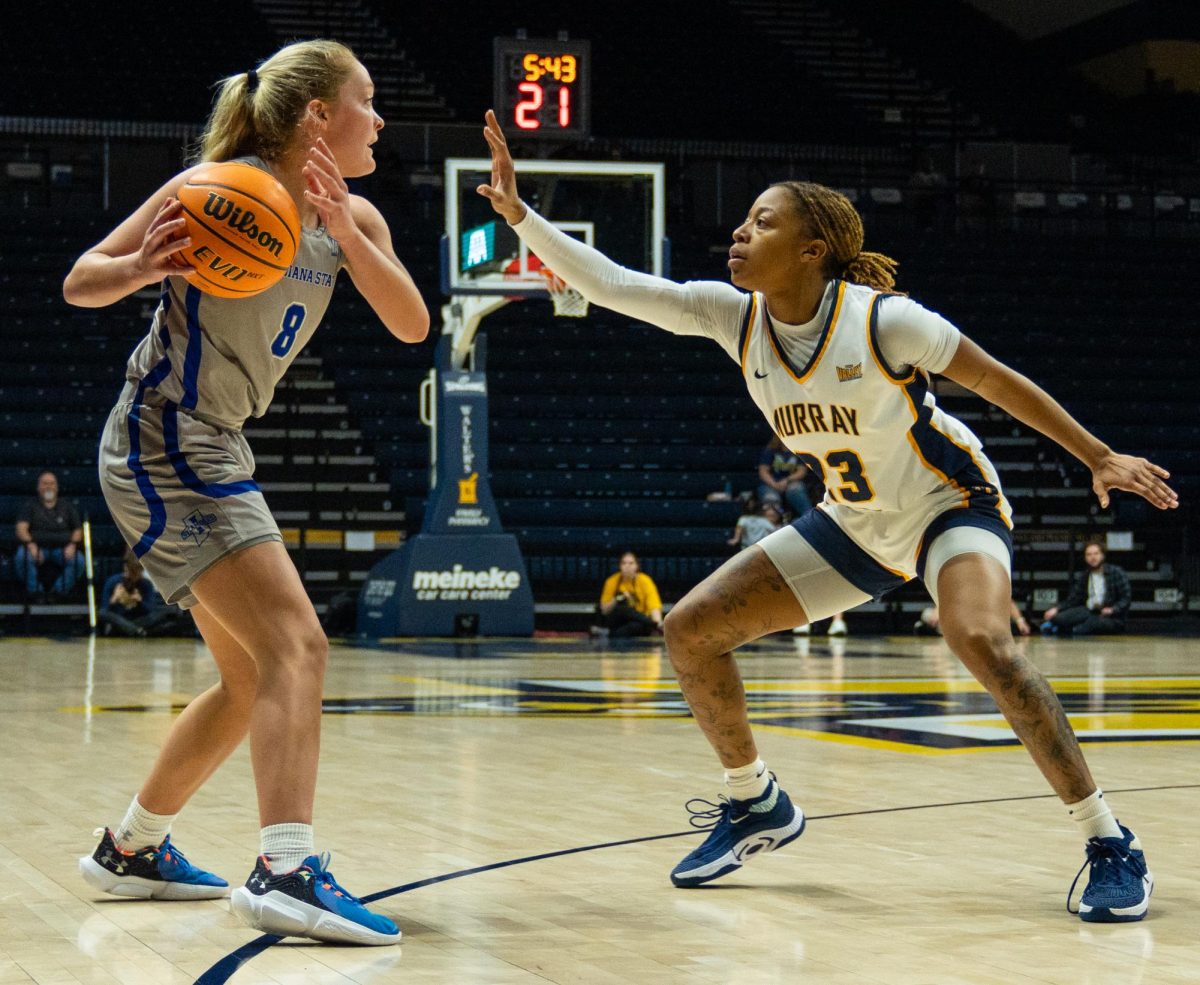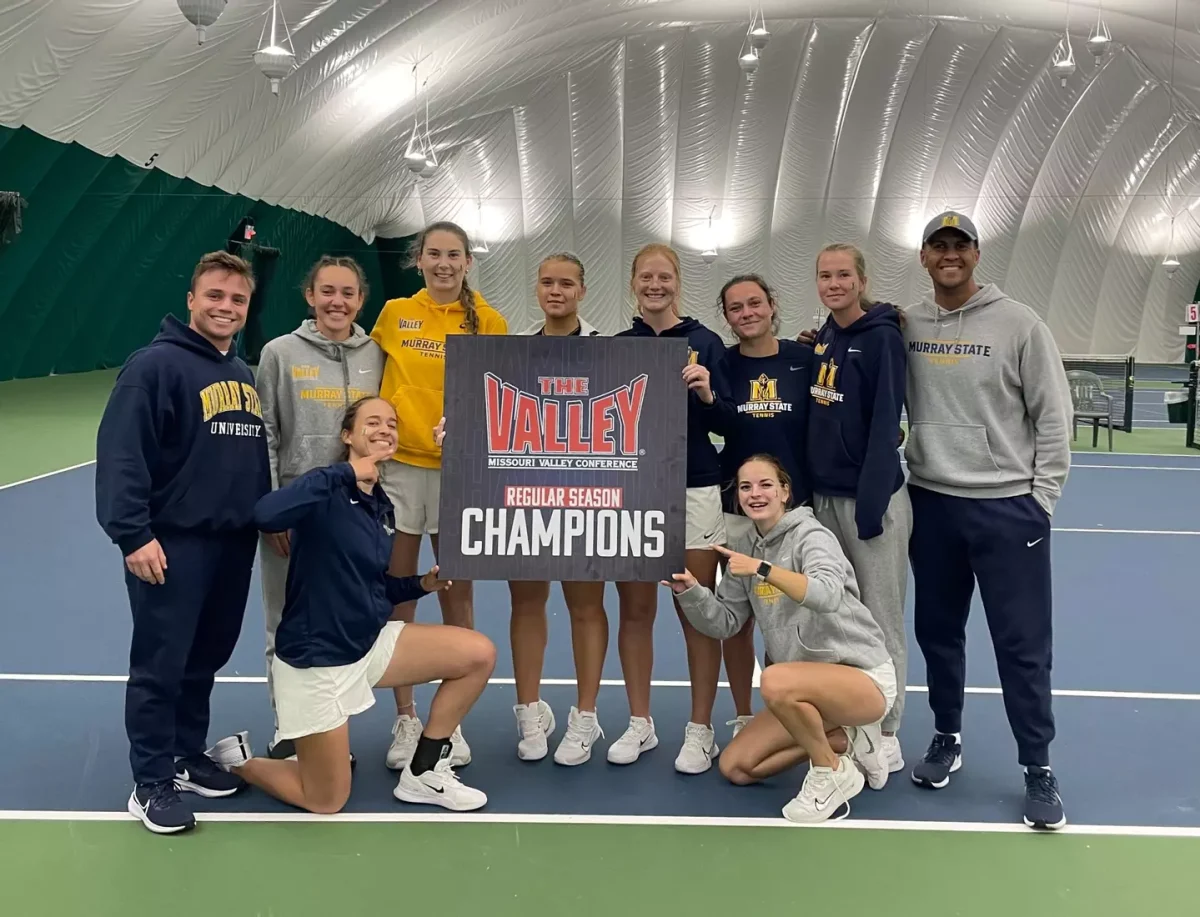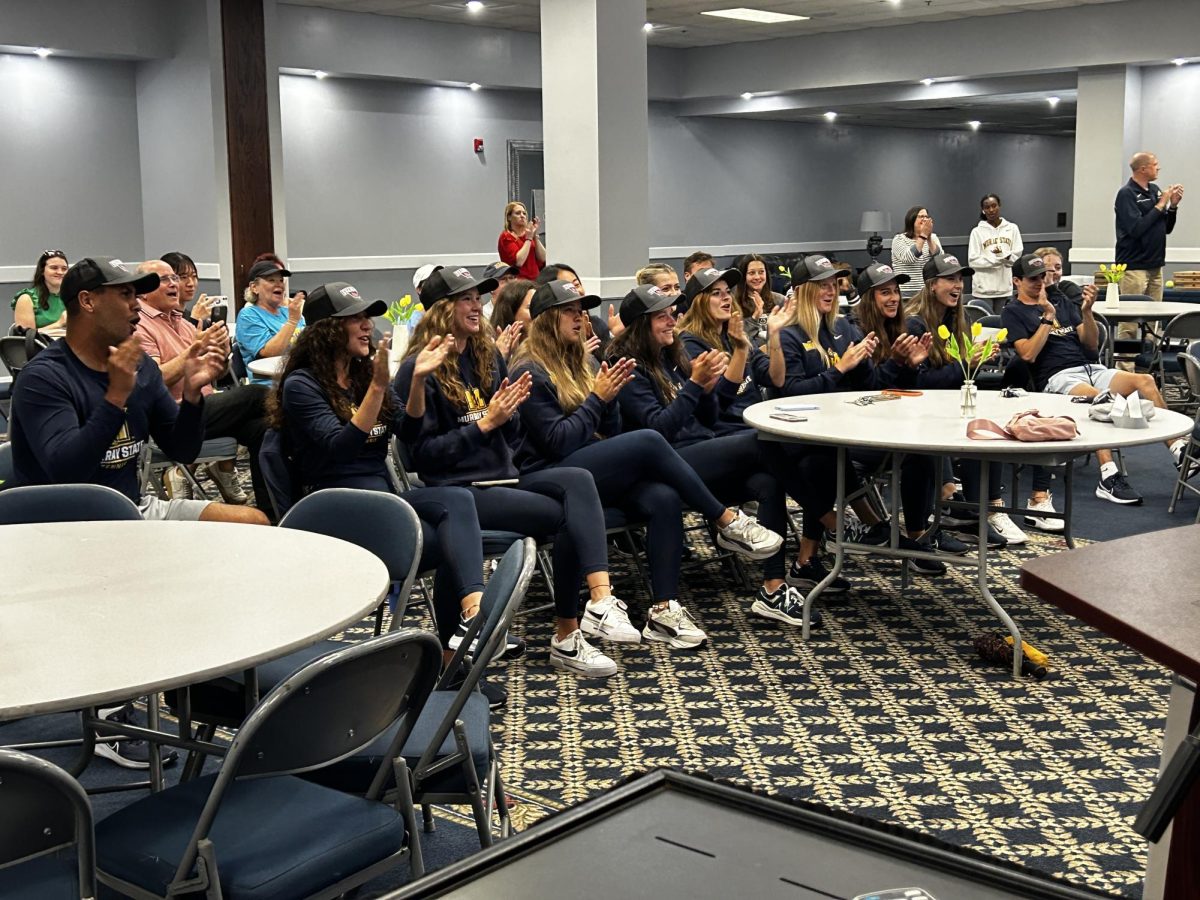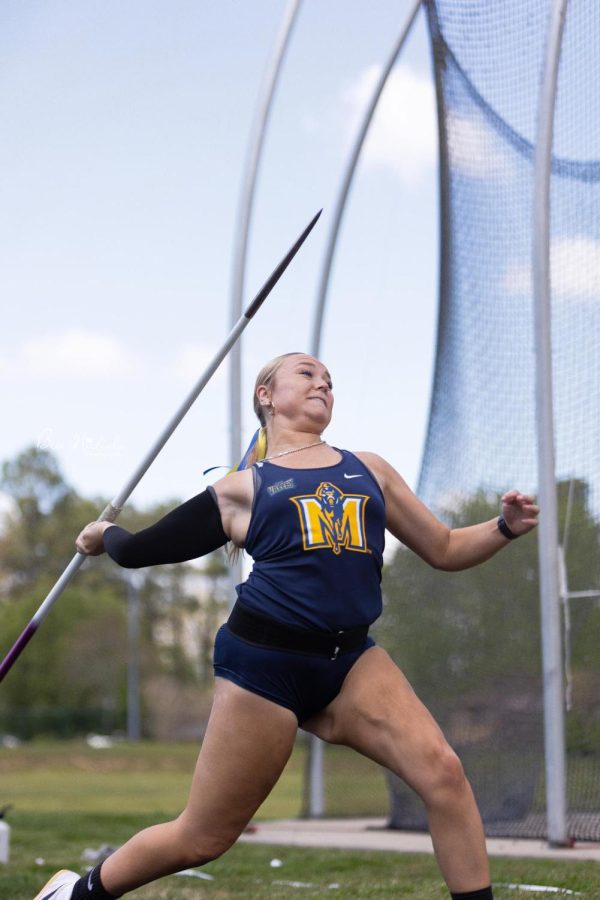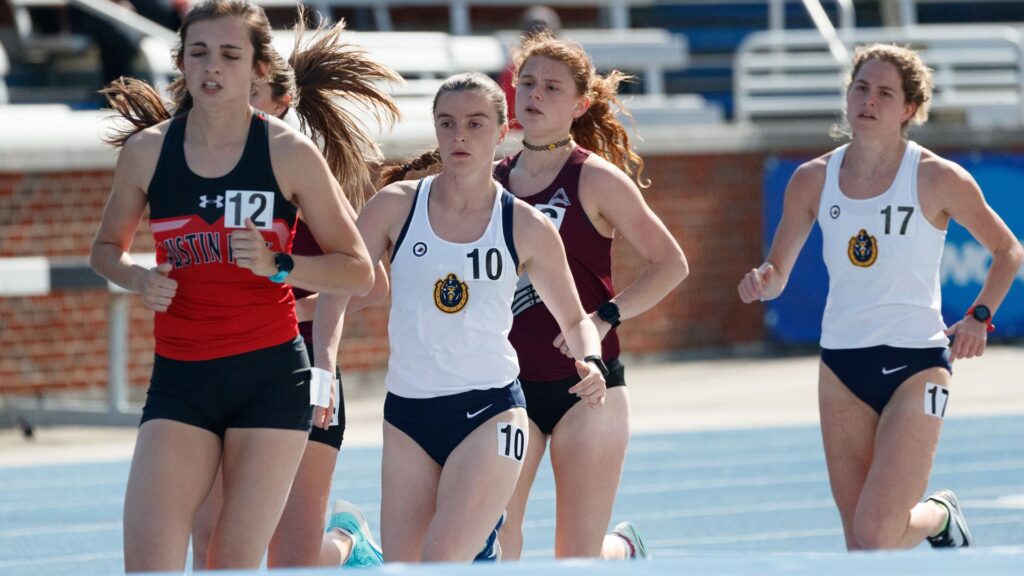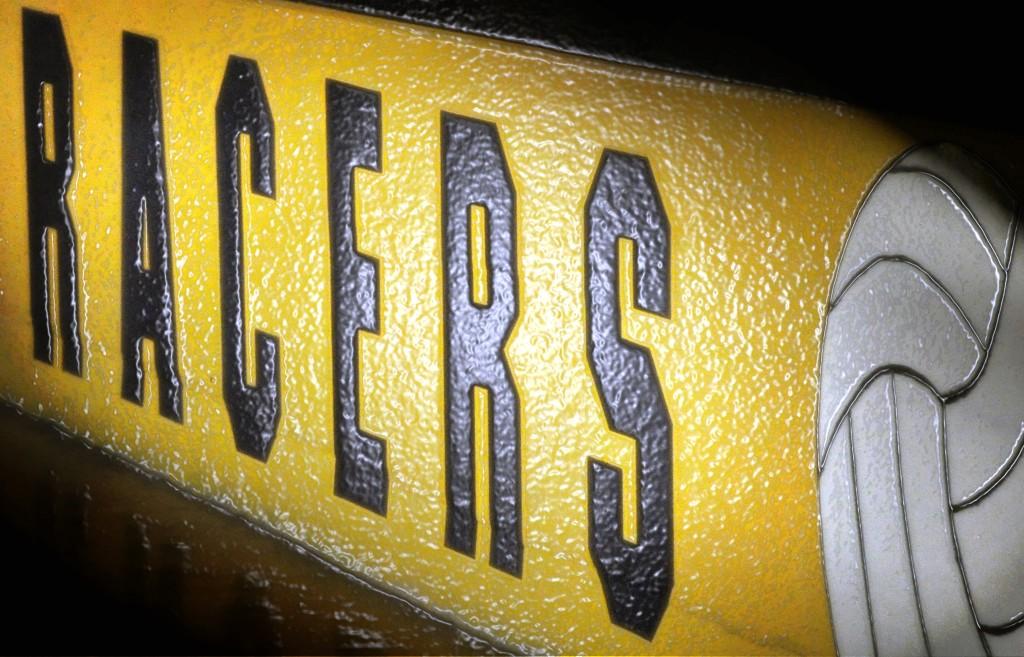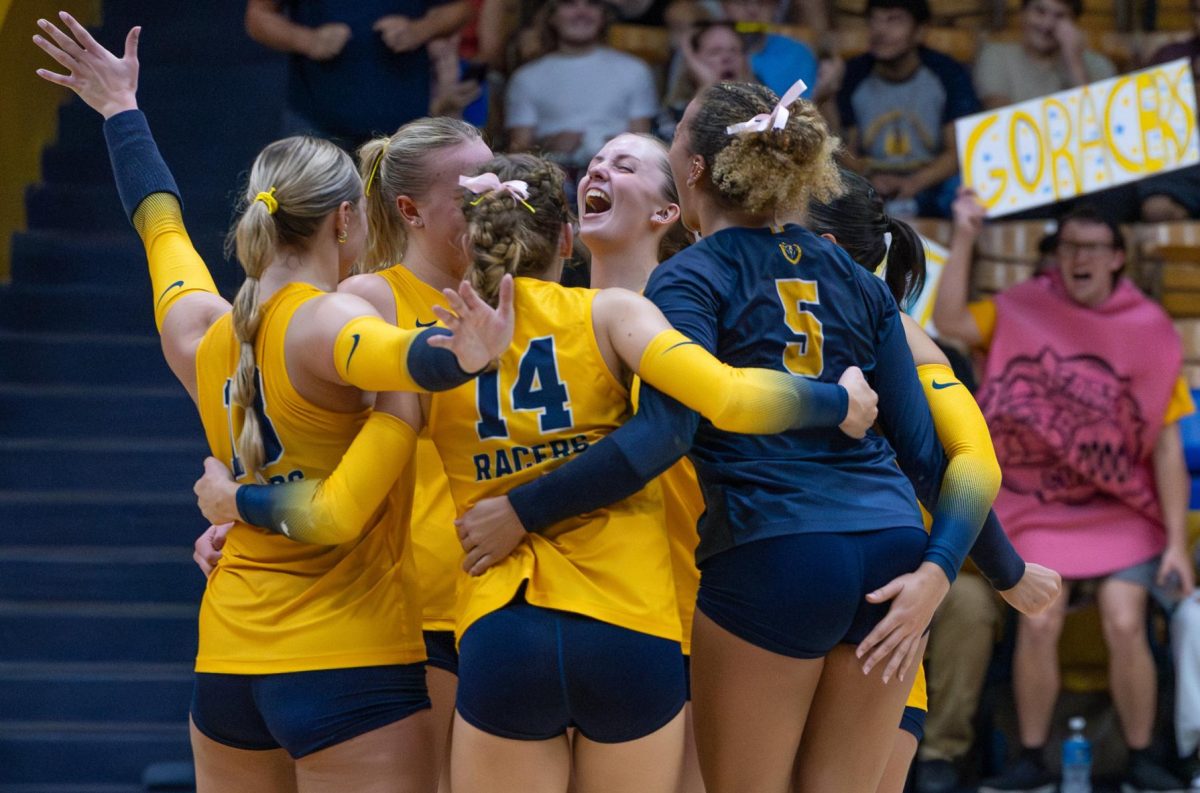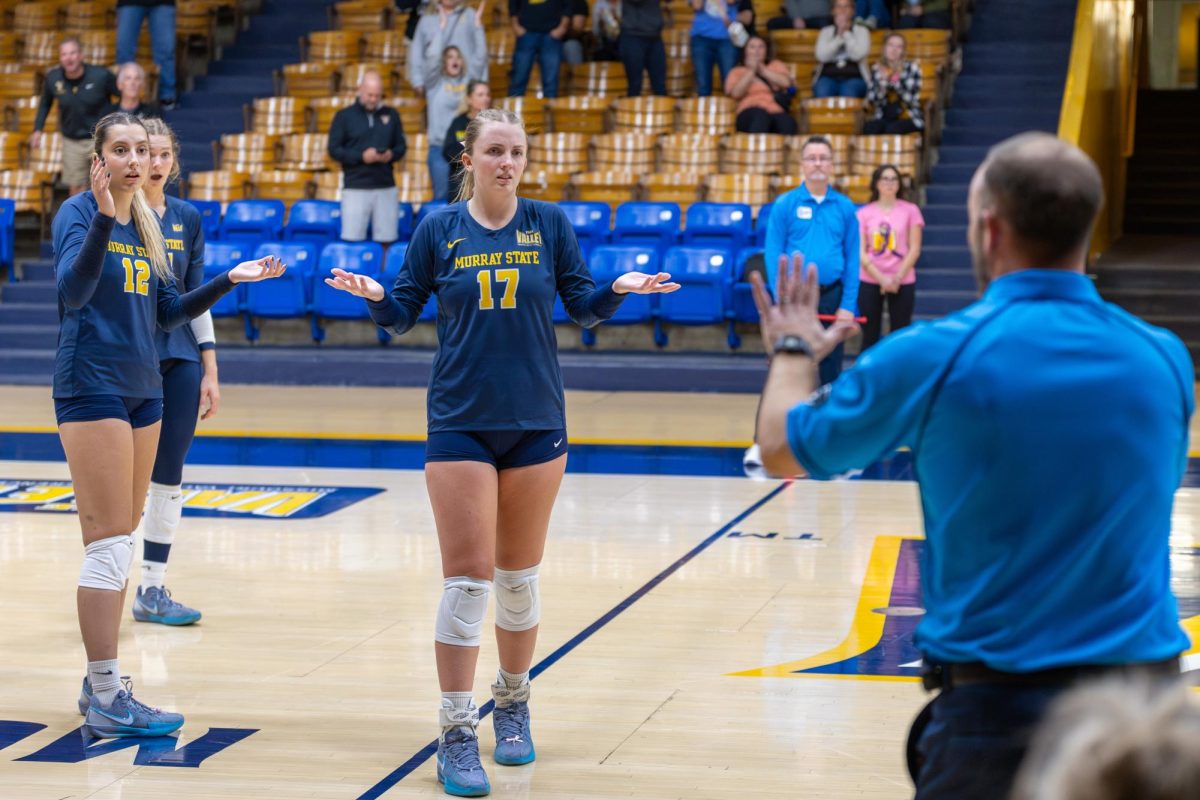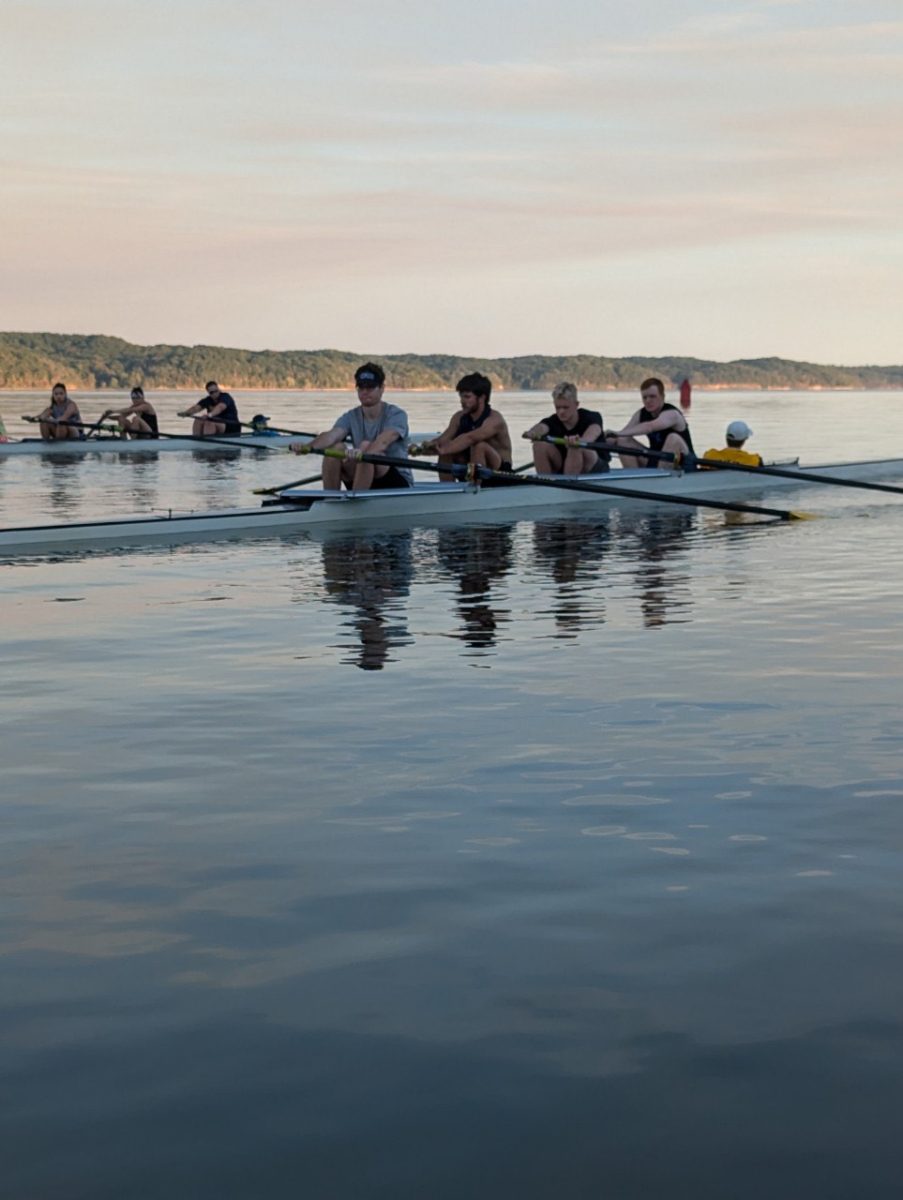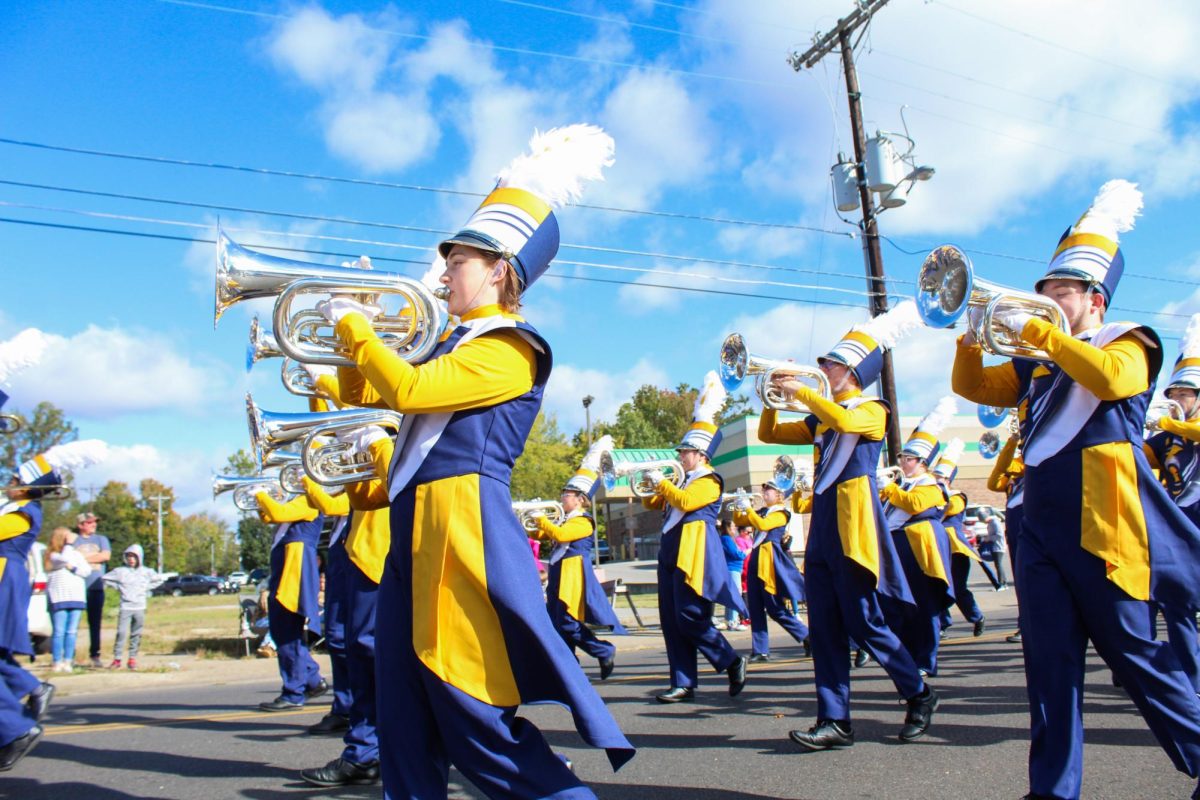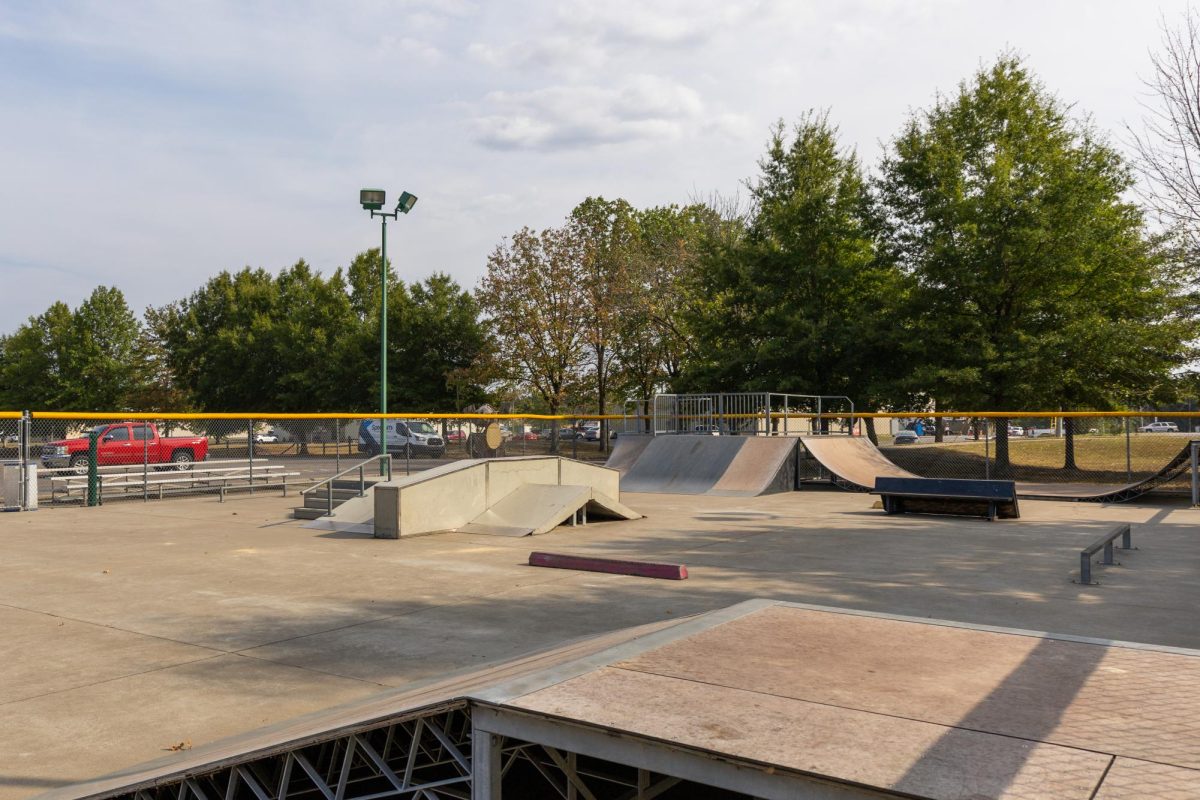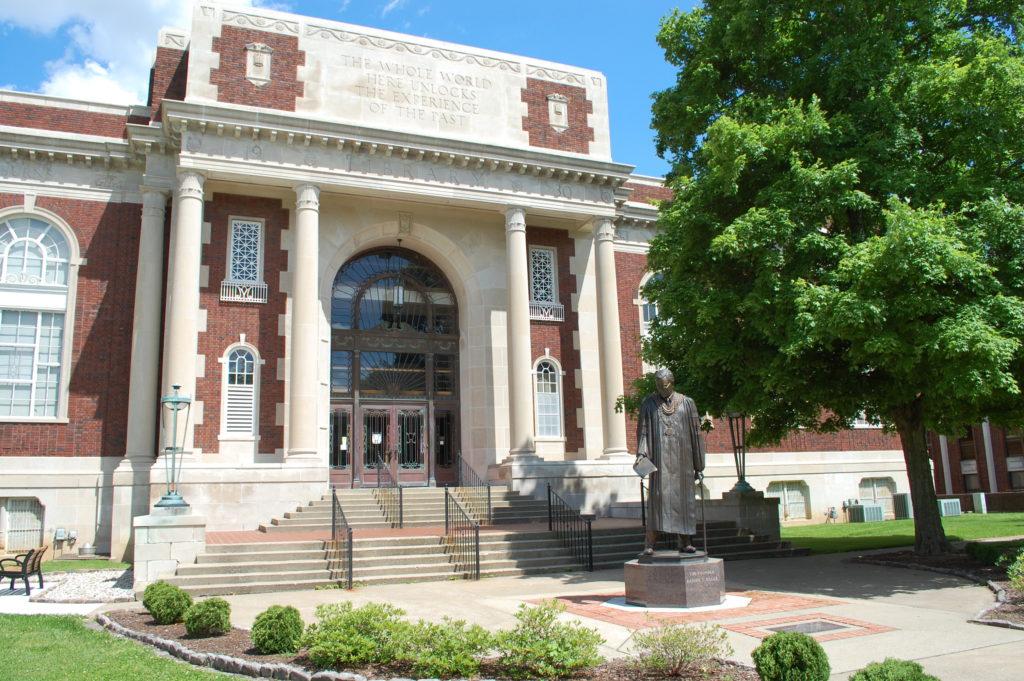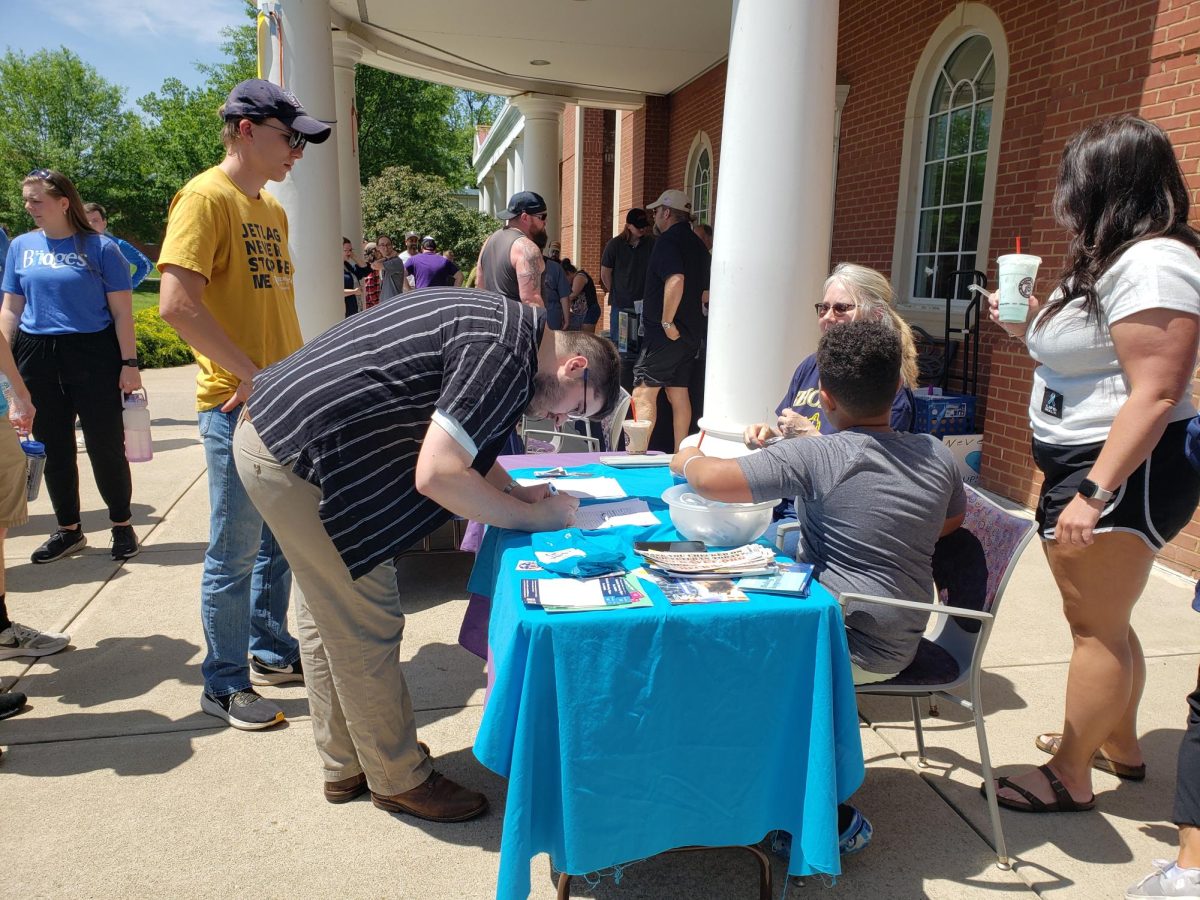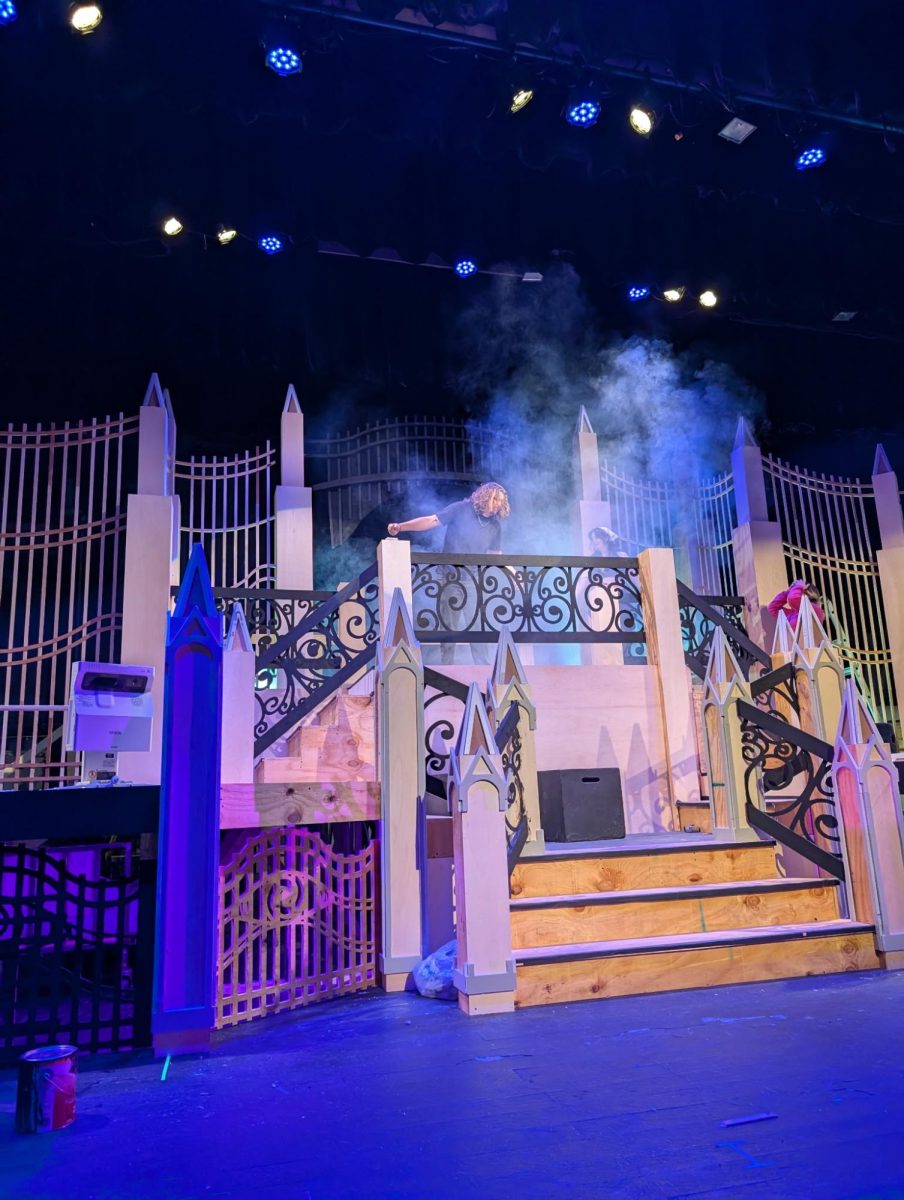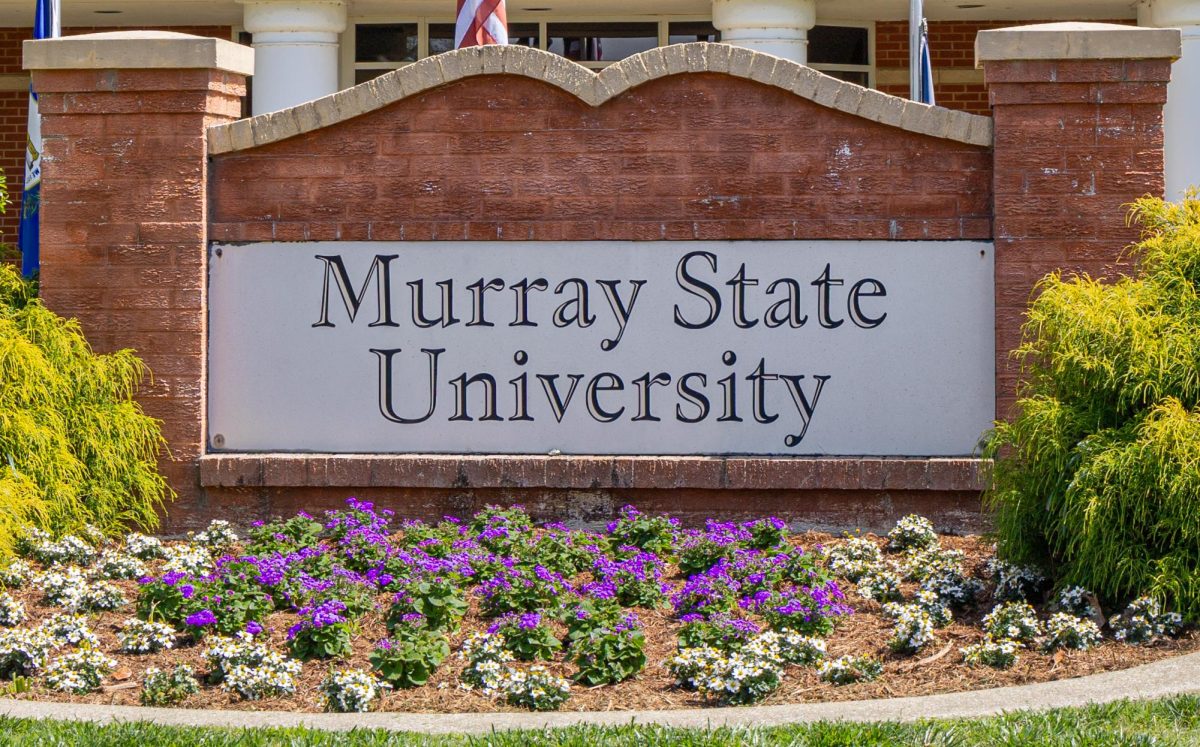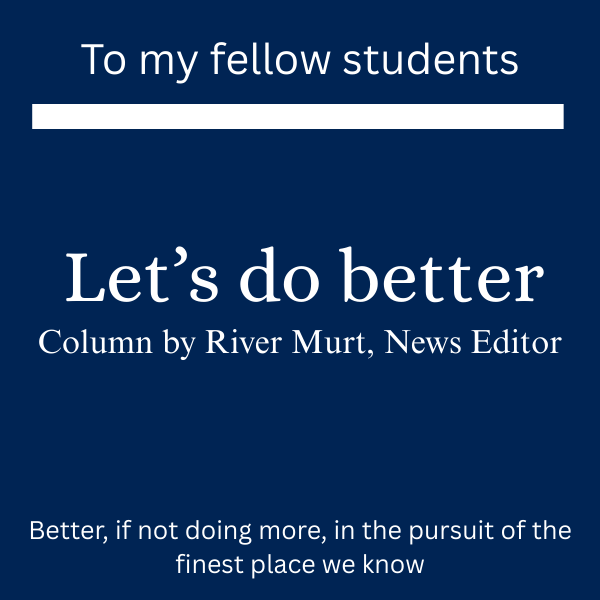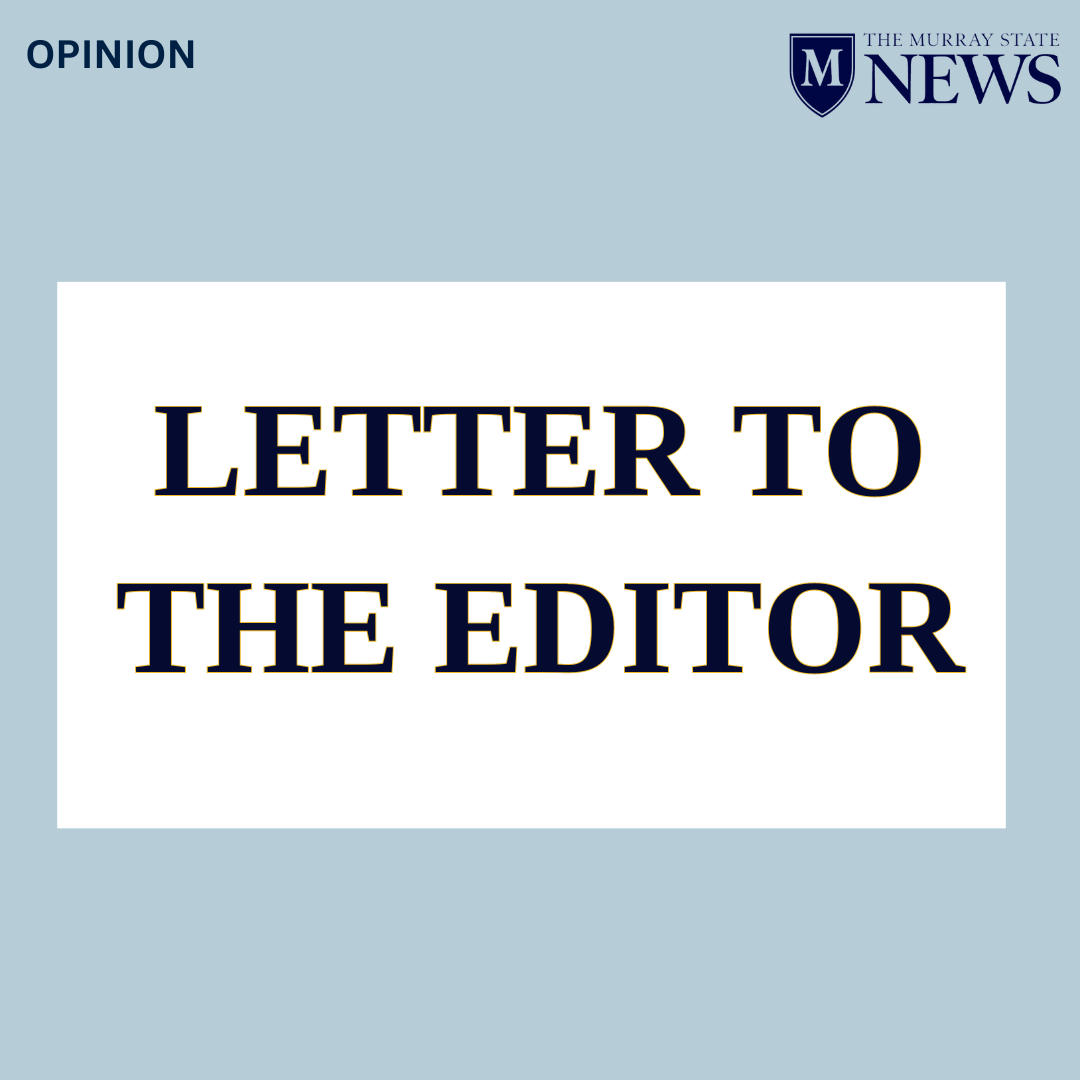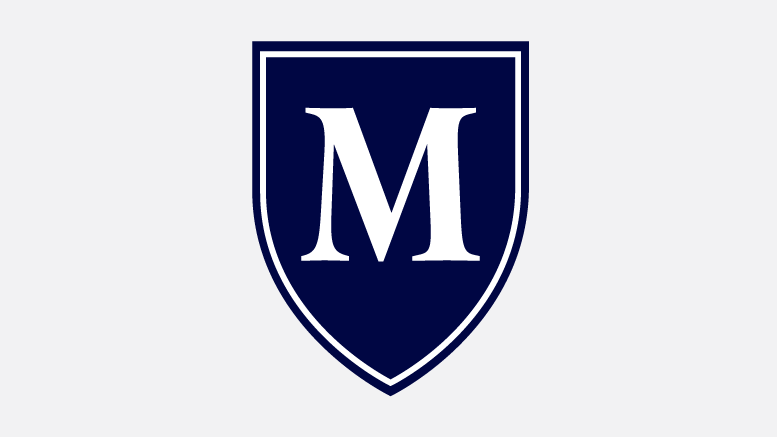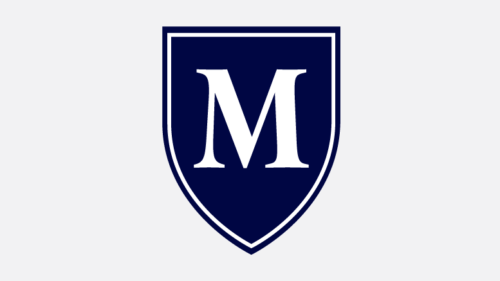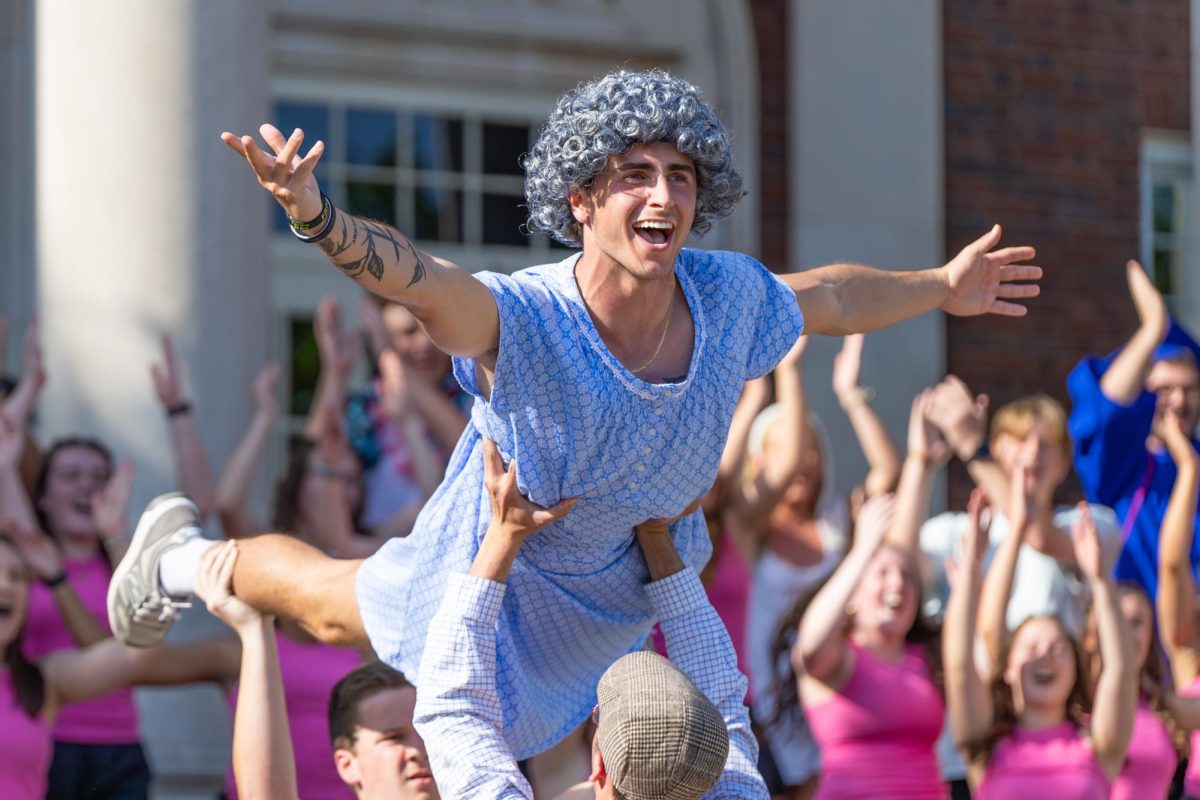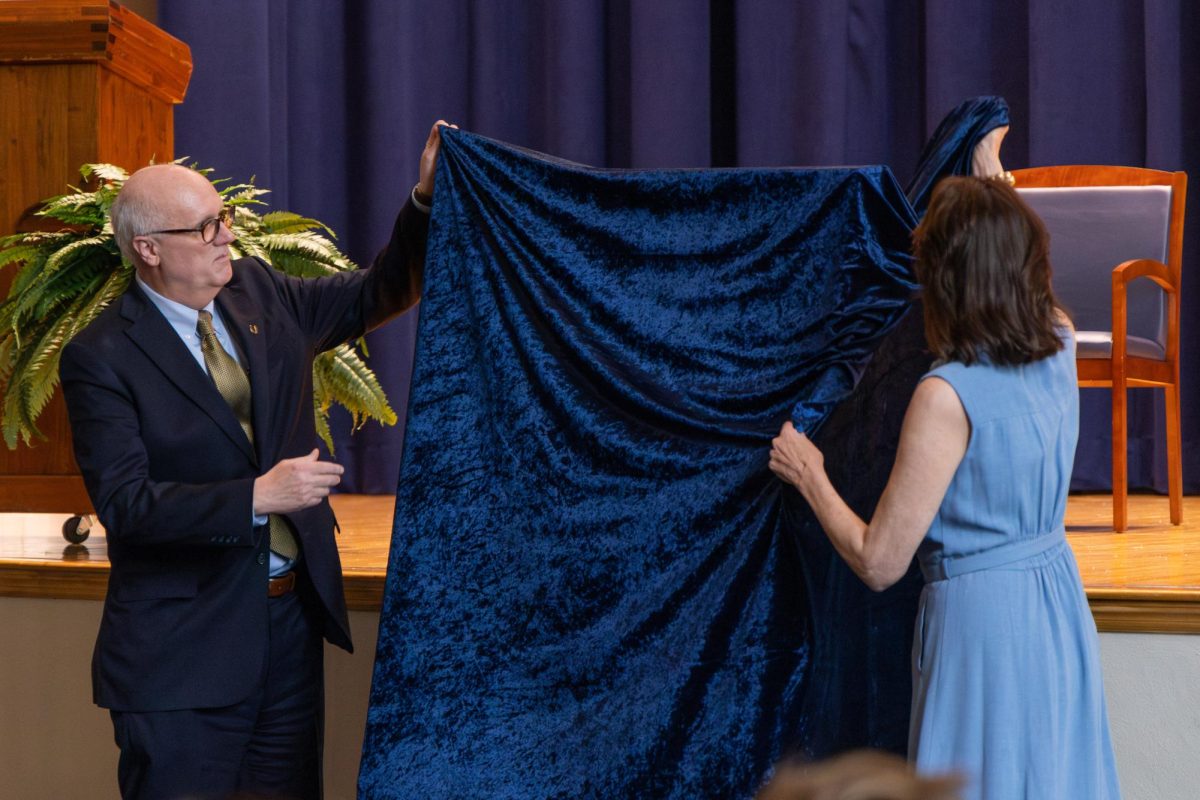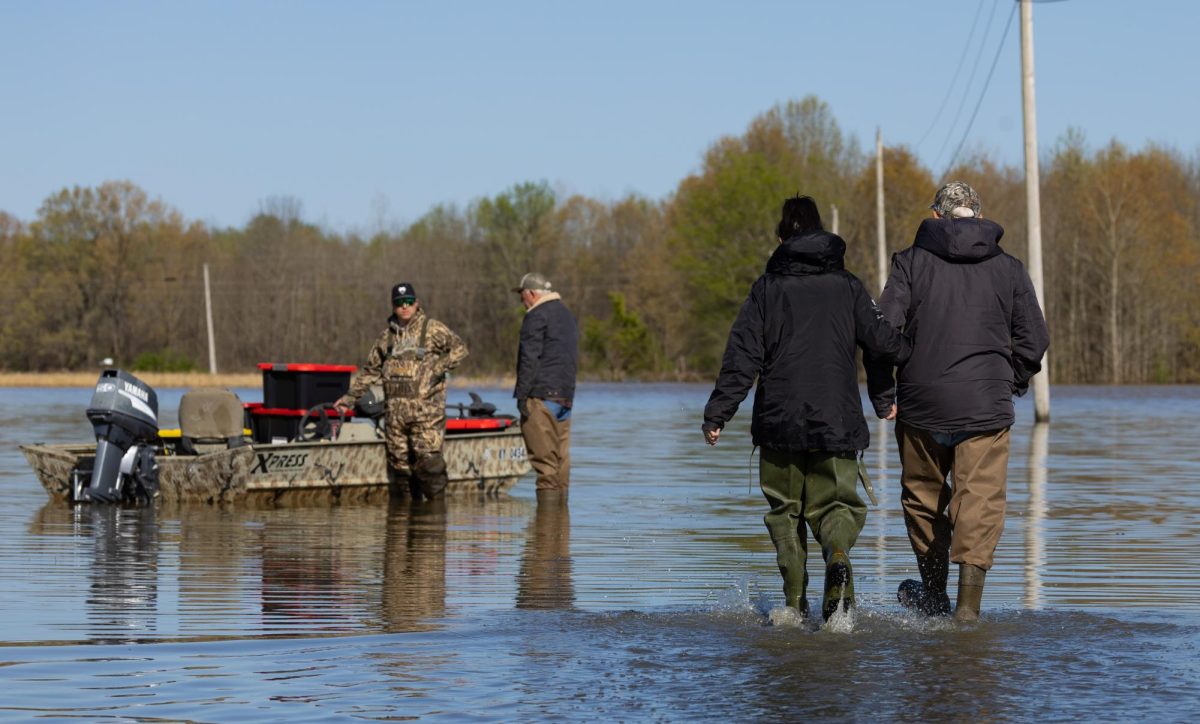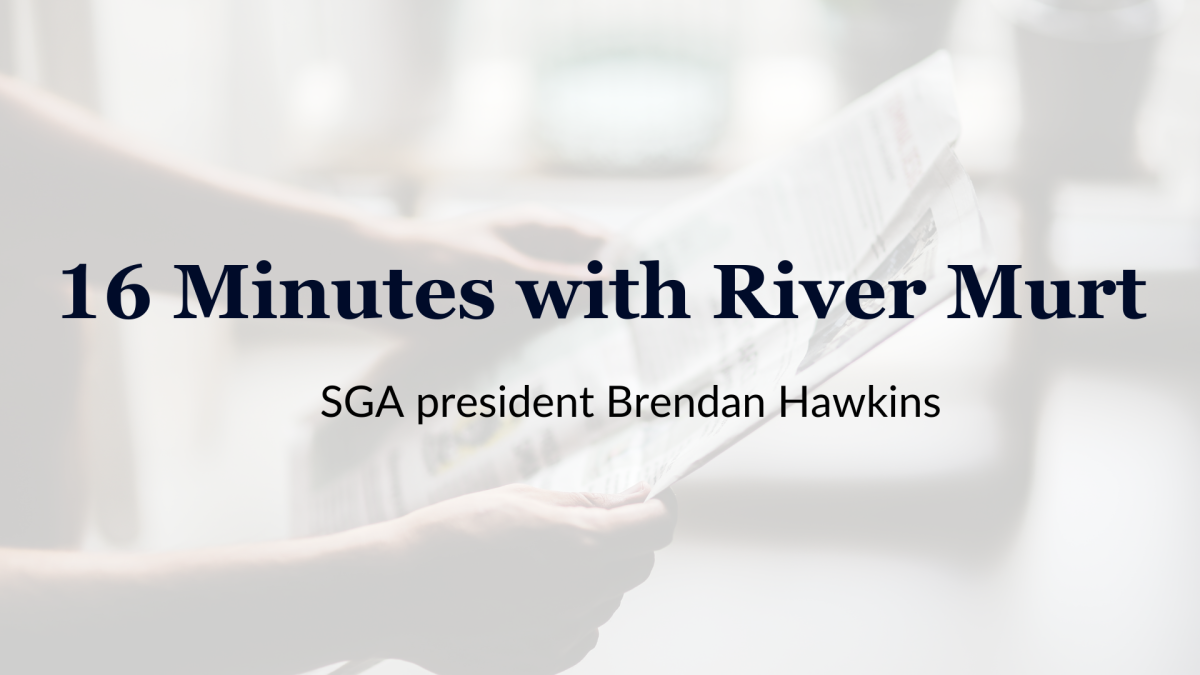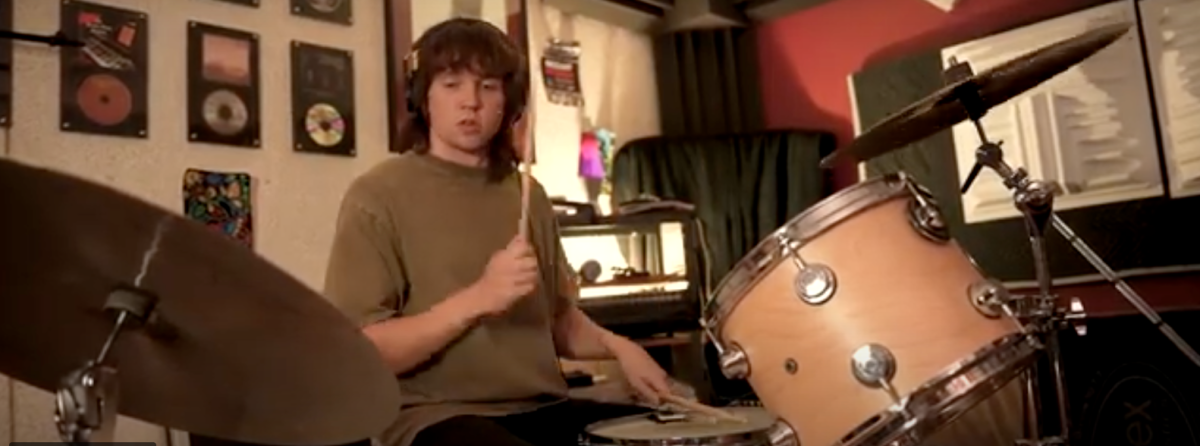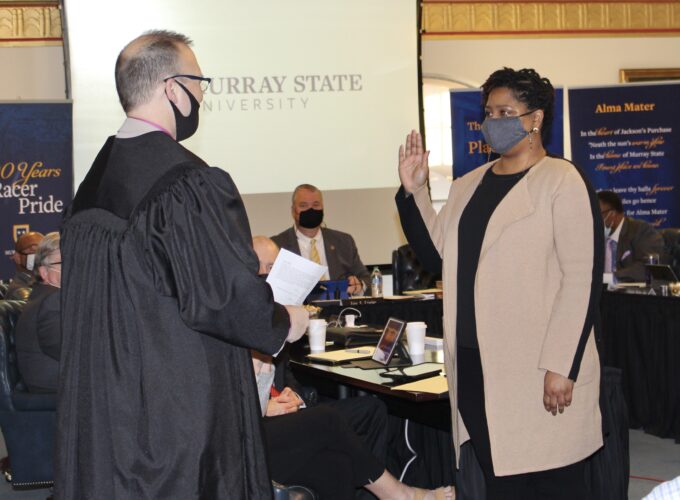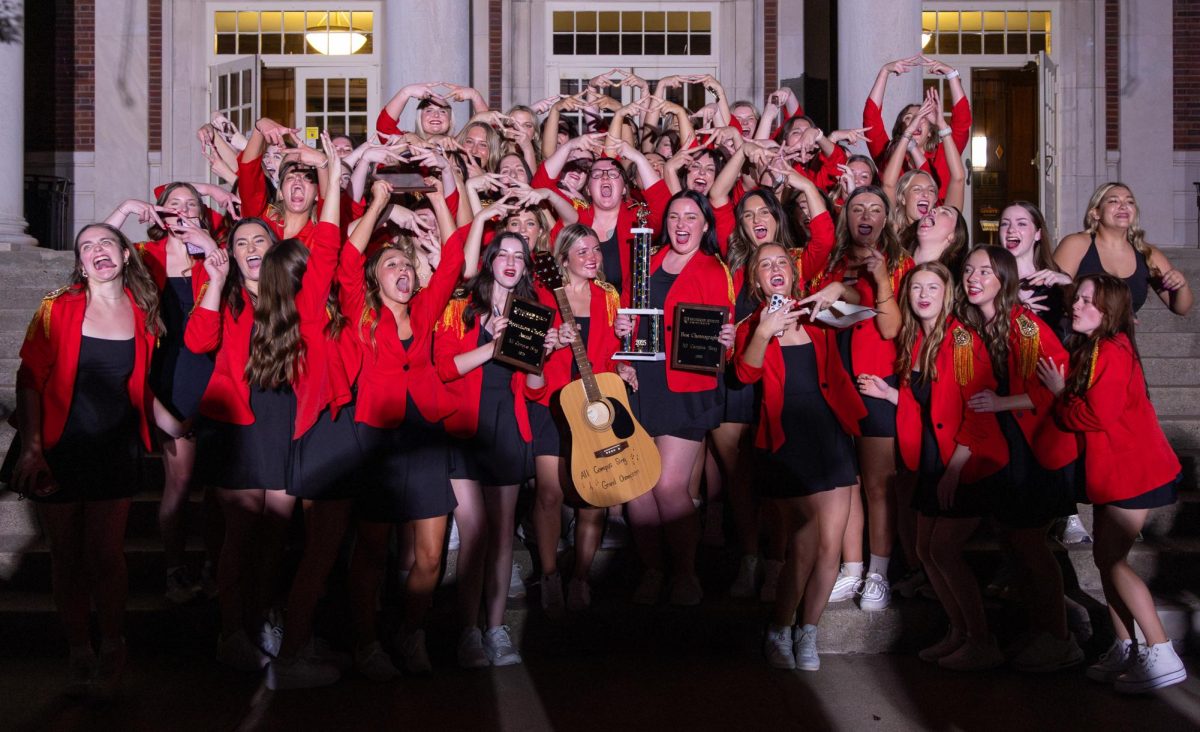Dionte Berry
News Editor
dberry11@murraystate.edu
Staff member Jessica Evans, who was elected to fill the vacant seat left by the late Phil Schooley, was sworn in at the Board of Regents quarterly meeting on Friday, Dec. 3.
After Evans was sworn in and welcomed by the Board, the Regents moved towards discussions about what to expect for the future of Murray State concerning returning to a new sense of normal as the restrictions from the COVID-19 pandemic lessen, as well as enrollment and facility updates.
“I would also like to add my congratulations and welcome Jessica, good job and as I have said to you several times you are going to enjoy this service,” President Bob Jackson said. “It is a wonderful board and wonderful institution.”
Jackson presented a campus update that highlighted much of the new normal that has been seen during the Fall semester
“After a two year period of not so normal it was good to be back to a fairly normal homecoming, and fairly large Homecoming,” Jackson said.
Along with the return to a sense of normal from pre-pandemic life, many construction projects are underway.
The Curris Center plan, Lovett construction and the Athletics master plan were proposed at past meetings, but the Board discussed a private public partnership (P3) to renovate, rebuild and add facilities for on campus living.
Vice President Jackie Dudley, Director of Auxiliary Services David Looney and from the firm hired to assist the partnership, Jeff Turner updated the Board on the plans for the project.
The Board plans to have a partner selected by January 2022 and have construction completed by the Fall 2024 semester.
“The focus is on building the community much different than what we have now because it is kind of spread out,” Dudley said.
Traditional residential colleges settings will be pushed to the north of Chestnut Street, where a majority of the residential colleges, such as Lee Clark, Richmond and Hester Halls, are located. Apartments will be set up towards the south end of Chestnut Street, where the Regents and White halls are located.
The risk of the partnership was another point of the discussion. Regents Chair, Eric Crigler, questioned how to ensure that the partnership made will minimize risk and be able fund all of the needs required.
“There is a construction risk and there is an operation risk,” Turner said. “We have to look at their [the partnership’s] track record, their history.”
Looney followed and said risk assessments have been made to evaluate what risks they are willing to take with the partnership and what risks they want to protect.
In addition to the upcoming construction, Springer Hall will be razed, with a cost that is set to not exceed $600,000. Springer has served as a residential hall since 1962.
The hall is being razed because of the high costs of renovating, and the space remaining will be used for the P3 construction.
“We expect it [the razing of Springer] to save approximately $100,000 annually with not having to pay for electric or grounds keeping,” Regent Robbie Fitch said.
Finishing up the construction recap, Director of Facilities Management Jason Youngblood said phase one of the construction in Lovett Auditorium has been completed and phase two of construction will be starting soon. The “Show us you Lovett” fundraising campaign is still running, which allows seat naming rights to those who make donations to the auditorium’s construction.
The Enrollment Office has also seen changes, as the Fall 2021 semester has shown a rise in undergraduate enrollment higher than both Fall 2020 and Fall 2019 and the University is projected to be up in spring enrollment as well.
“Murray State enrollment outperformed the national trends for total enrollment, graduate, international and URM [underrepresented minorities],” said Vice President of Student Affairs Don Robertson. “We did better than 75% of all public and private four institutions nationally, based on data from the National Student Clearinghouse.”
With COVID-19 becoming less and less of a roadblock, the Recruitment Office is going back to their normal methods of recruitment such as school visits, presidential visits and campus tours.
With in-person options more viable, the Office of Recruitment will still maintain avenues of virtual communication to recruit those that may live too far away to come for a tour.
“We are so excited to be seeing students in person, we know that technology affords us a lot of great opportunities that we had to use, but there is nothing that compares to being able to be face-to-face with students and families,” Director of Admissions Maria Rosa said.
Another push made towards recruiting students is the redesign of murraystate.edu. The redesign was made public around two weeks ago and has been made to accommodate mobile users.
“The website is a front door for a lot of people,” said Director of Marketing Shawn Touney. “It’s how they make their decisions, and how they get their information.”
Web and Digital Ad Manager for Branding and Marketing Charley-Allen Dunn said the redesign was well needed because the last redesign was in 2015, and since then mobile usage had increased by 20%.
Towards the end of the meeting, a policy change was approved involving paid parental leave. The policy focuses on both maternity and paternity leave.
“I am very appreciative of the fact that it is parental leave and not just maternity leave,” Regent Evans said.
Faculty and staff members will be eligible for a six-week paid parental leave. The leave must be taken within 12 weeks after the birth or adoption of their child.
The Dec. 3 Board of Regents meeting can be viewed on the Murray State Live Stream YouTube channel, and the next Board meeting is set for March 11, 2022.


